




Welcome to this, our Autumn 2024 edition of allmanhall’s Foodsight eMagazine.
This edition embraces themes of recognising milestones and looking ahead to new chapters. The latter feels apt at the start of a new academic year, one in which allmanhall will be celebrating our 18th birthday.
It’s hard for me to believe that 18 years have passed since my father, Edward and I founded allmanhall from my parents’ garden shed... and what an 18 years they have been! It is humbling to have had the pleasure and privilege to work with so many incredible people and organisations already.
The foodservice landscape has changed dramatically since 2006 but allmanhall has – and continues to – adapt and remain agile and alert to the new needs and changing challenges. Someone asked me to sum up what I’d like to say to mark our 18th birthday... and I’ll keep it short and succinct: “Thank you, all.”


Oliver Hall Managing Director


We kick off this Autumn edition of Foodsight by welcoming new client partners and thanking those of you who have been with us for longer. We celebrate the Best Sustainable Food Procurement Specialist title, the latest accolade to join the allmanhall awards cabinet and well earned by our excellent team. We’ve identified some key dates for your diary between now and the end of the calendar year and share these from page 8.
Pages 14-19 hold detailed insight and analysis regarding commodities and the impact on food costs and availability, and we then go into further detail regarding what can be expected under the new Labour Government and forecasts for food inflation into 2025 (pages 20 and 25 respectively). You will also find even more indepth insight on tomatoes and potatoes on pages 32 and 33.
Although summer is only just coming to an end, we know only too well that festive period planning will be keenly underway in foodservice and catering across the country! You’ll find information and insight to help your planning from pages 22 and we then explore Christmas culinary trends from page 70.
If that wasn’t enough to get you in the mood for festive fun, we’ve collated some lovely recipes to support menu design and set your mouthwatering! See pages 68 – 85 for these. Throughout this edition – too many pages to list each of them here! - you will find articles and information regarding product alternatives, lower carbon menu options and transparency in supply chains.
You’ll be able to read about the work being done in partnership to drive carbon reduction and improve the impact of food supply chains on the environment, creating positive and transformative change.
This is only possible in collaboration, and we thank everyone who has contributed to these pieces and to the achievements and improvements being made. EcoVadis Gold rated, allmanhall truly believe that good food shouldn’t cost the Earth.
That emphasis on ‘good food’ is further highlighted by the nutrition articles from our dietitian in this copy of Foodsight. From hero dishes and considerations around alternatives, to key dietary considerations at different life stages, read on to learn more.
You’ll also find some in depth interviews with some of our supplier partners, meeting the people behind the stories and produce, in this edition and we trust you find them as fascinating as our team did when conducting the interviews! (pages 34 and 102).


There are lots more nuggets to be unearthed in this edition of Foodsight and we hope you enjoy the read. If you’ve got an appetite for more reading after this, we’ve included a Book Corner feature at the end, with some suggestions.
There is so much to look forward to this term, season or quarter, in the run up to the festive period. We are here to help and look forward to supporting and working with you and your teams, to deliver sustainable value and many other things besides.

Very best wishes,

Oliver Hall Managing Director




Foodie dates to look out for
There are some exciting dates to keep an eye out for
Commodity heatmap & update
A clear understanding about key commodity movement trends
What does Labour mean for the food industry?
Several changes are expected to impact to the food sector
Effective procurement Christmas planning tips
Key tips to manage procurement effectively for Christmas
Food price outlook 2025
Expert analysis of what to expect when it comes to food inflation
Leading by example: UN Global Compact
The case for transprency and measurement
British favourites: potatoes & tomatoes
Learn more about potato & tomato availability and pricing insights
Wildfarmed interview: Craig Jackson
Our sustainability manager speaks to Wildfarmed’s Head of Food Service
The future of dairy
Can plant-based alternatives deliver sustainability & nutritional balance?
Nutritional requirements for a healthy & sustainable diet
Learn more about key elements of a sustainable diet...
Fairtrade fortnight
We dive deeper into Fairtrade of our food supply
allmanhall’s collaborative revolution
NHS Salisbury are taking important Foodsteps
NHS Salisbury onboard Foodsteps, assisted by allmanhall
Billingsgate Fish Market culinary days
Hosting unforgettable craft events at Billingsgate Fish Market
Empowering pupils to drive sustainable change
Highlights from the summer’s sustainability conference
Learn more about allmanhall’s ‘Hero Recipes’...
Seasonal recipes and food trends
A selection of hero and seasonal recipes
Sustainable product alternatives* Your guide to new & innovative products
Supporting menopause through diet ...and in other ways too
Real Wrap interview: Jason Howell

One of our senior buyers breaks bread with Real Wrap Company’s co-founder
Book corner
Some suggestions from the allmanhall team
*Includes product codes from brands including...
Notpla, Devil’s Kitchen, Rubies in the Rubble, Fairfields Farm, Wildfarmed, Moving Mountains, Quorn & Vegetarian Express.


As we move into autumn, we would like to welcome the 5 client partner organisations, across 39 sites, who have started working with allmanhall in the last few months. And a big welcome to those of you who will be joining the ever-growing allmanhall client community from September and in the run up to Christmas… at least a further 3 new client partner organisations confirmed so far!
We are honoured and lucky to be embarking on a journey to support your food procurement and providing you with a responsible, sustainable solution for your food supply chain management, delivering across 4 pillars to inspire improvement.
And a huge thank you to all our valued client partners who have been with us for longer – with special mention to our very first client, still with us today, over 17 years on!
We appreciate you and everything we have achieved together. We believe in a collaborative world where good food shouldn’t cost the Earth and will achieve this by working together, with client partners, suppliers and manufacturers alike.
With our very best wishes and thanks,

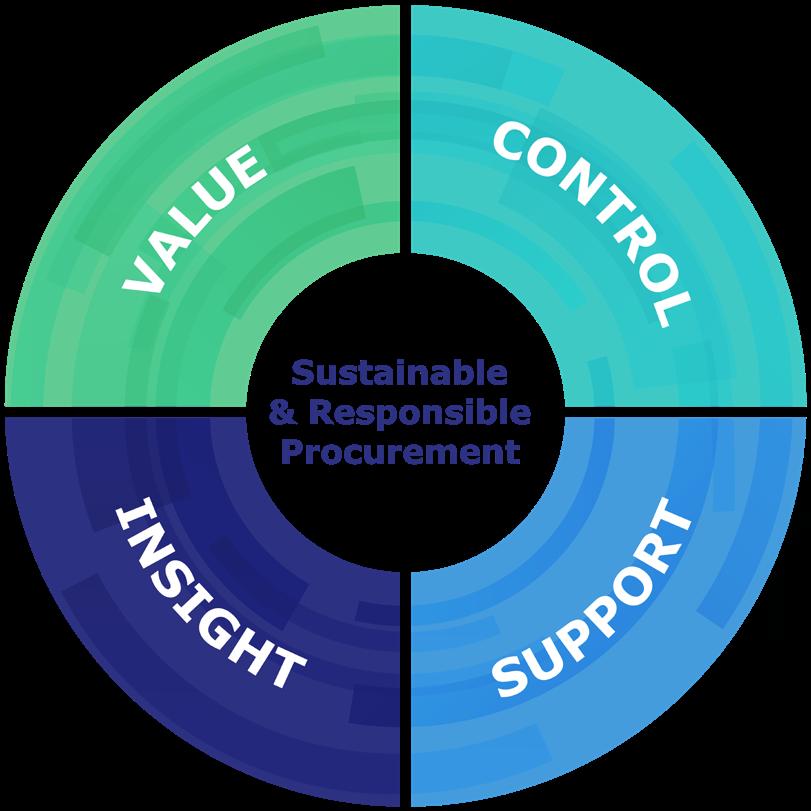

allmanhall is honoured to announce that we have just been told we have achieved:
presented by the Southern Enterprise Awards body, winning our category for the 4th year in a row!
This recognition highlights our commitment to sustainability and excellence in food procurement.
This is hot off the press. More detail and official communications will follow when the formal announcements are made by the end of October.




The way we farm and eat can make a world of difference.
By opting for an organic lifestyle, you’re helping support a way of farming with higher animal welfare standards that is better for the planet, wildlife and people.
How can you adopt an organic lifestyle?
• Opt for more organic & local produce - Our collective choices all add up. More demand for organic food and drink means more people casting a vote for farms that support wildlife and healthy soils.
• Stand up for sustainable beauty - Support businesses that don’t test on animals or use controversial chemicals, parabens and phthalates, synthetic dyes or fragrances.
• Get to know your eggs - Eggs carrying the Soil Association symbol come from farms with the highest standards of animal welfare in the UK!


As one of the globe’s most versatile foods which is rich in protein and a provider of a plethora of other health benefits, it’s time we gave a UK nod to this Asian food.
Find some delicious, nutrient packed tofu inspired recipes here.

2nd - 6th September

Zero Waste Week is an award-winning, grassroots annual awareness campaign that takes place online and on-the-ground.
It helps households, businesses, organisations, schools, universities and community groups reduce landfill waste so you can save money, preserve resources and protect the environment.
Read our tips on reducing waste in catering environments.
20th September - 6th October
Fairtrade Fortnight runs from the 9th September to the 22nd September.
Read more on page 54.

British Food Fortnight is a celebration of food like no other! By promoting traditional dishes and produce, the festival is among the biggest celebrations in the United Kingdom.
The event takes place at schools, restaurants, supermarkets, and households across the country.


27th September 2024
Hosted by MacMillan, this coffee morning is aimed at raising money for the vital work they do. It helps fund their amazing Macmillan nurses, answer calls on our support Line, give financial support, and more.
You can get involved here.



1st - 7th October
Whether at home, in the staff canteen, at school or eating out, we want to encourage people across the UK to ‘mix it up!’, cut down on meat and try out the ever-expanding range of fantastic meat-free dishes and recipes.
1st - 7th October

Did you know that a recent major survey from the Food Standards Agency revealed that around 6% of adults have a confirmed food allergy? These numbers highlight why it is more important than ever to raise awareness of the seriousness of anaphylaxis.
Click here to learn more about anaphylaxis...
9th - 15th October
It has often been said that curry is the new national dish of Britian and it’s certianly easy to see why.
Since the 1970’s, curry houses have become a staple of highstreets up and down the country and millions of curries are consumed every single week. The love affair shows no signs of slowing and that’s what we’re celebrating with National Curry Week!
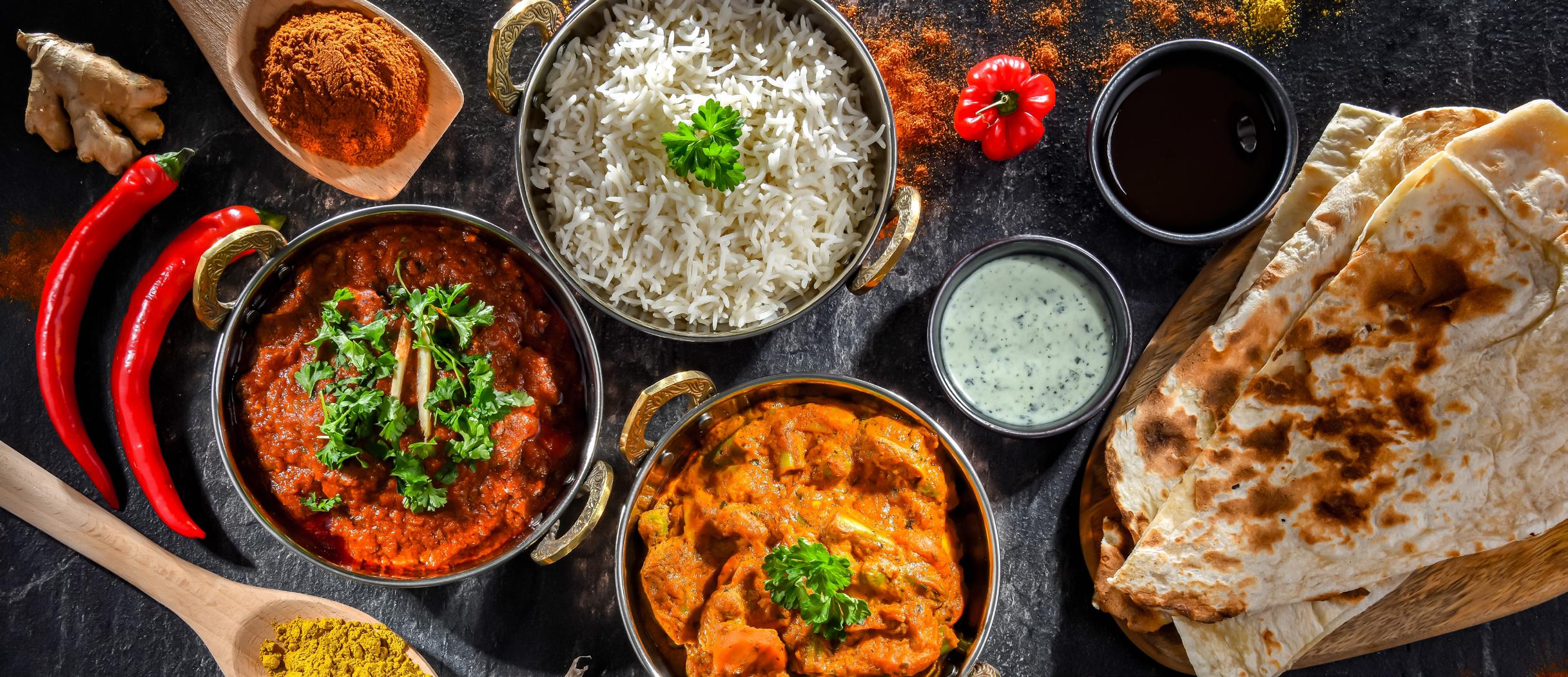


14th - 20th October
This annual celebration encourages people of all ages and skill levels to embrace the joy of baking. It aims to promote the art and science of baking, from simple cakes and cookies to more intricate pastries and breads. It serves as an opportunity for baking enthusiasts to experiment with new recipes, improve their skills, and share their creations with friends and family.

Chefs have a wonderful opportunity to make a positive impact in our communities by celebrating this special day with children. Every October, Chefs come together to inspire and educate the next generation about the joys of cooking, healthy eating, and the importance of sustainability.
Pasta comes in over 600 shapes known to mankind. While the Italians made it famous, Chinese Chow Mein and German Spaetzle are just a couple ways the world has taken pasta and fallen in love with it again.
World Pasta Day is the perfect time to celebrate this love.
The spookiest time of the year is one of the tastiest, full of treats (or tricks), to satisfy your sweet tooth!
Here is a list of traditional halloween food/drink ideas to try:
• Pumkpin pie
• Apple bread

• Pumpkin spiced latte
• Pumpkin & lentil soup


World Vegan Day was created in 1994 to mark the 50th anniversary of The Vegan Society, and takes place annually on 1 November. Kicking off 30 days of celebrations for World Vegan Month it’s a time to recognise how far the vegan movement has come, while always working towards the goal of a healthier and more sustainable planet.



11th - 15th November
National School Meals Week is a amazing opportunity to make healthy eating fun and enjoyable for your pupils. We are in challenging times with the cost of living crisis, rising food costs, issues with staff recruitment and so much more. With that in mind, the value and benefit of great school food and all that school meal providers are doing to provide quality meals each day shouldn’t be underestimated.
15th November
Children in Need supports thousands of local charities and projects working tirelessly in every corner of the UK to help children & young people to be the best they can be.
Fundraising ideas for your school might include:
• Non-uniform day - You could add a Children in Need twist by asking pupils and your team to wear something yellow or spotty, or you could ask that they come in their pyjamas or fancy dress.
• Hold a bake sale - Why not host a baking competition or set up a stall at school to sell tasty bakes?
18th - 24th November
An overconsumption of ‘free sugars’ can contribute a significant amount of nutritionally poor calories to a diet, increasing the risk of being overweight and obesity, and various related-diseases such as heart disease, high blood pressure and type 2 diabetes, especially in care homes.
Learn more about this week here.



This festive and charitable holiday tradition that encourages people to don their most colorful and whimsical holiday sweaters, often adorned with jolly designs and festive motifs.
Beyond spreading holiday cheer, this day serves a charitable purpose, as participants are encouraged to donate to various causes and organisations to make a positive impact during the holiday season.
The lead up to this special day allows for a festive flair on all things food, globally!
From switching up classic recipes to their Christmas counterparts, as well as traditional dishes eaten at this time of the year being reintroduced.
Of course, we can’t forget the world renouned Christmas dinner which varies around the world!
Check out these dishes from around the world: Venezuela England Poland
Spain

Bulgaria


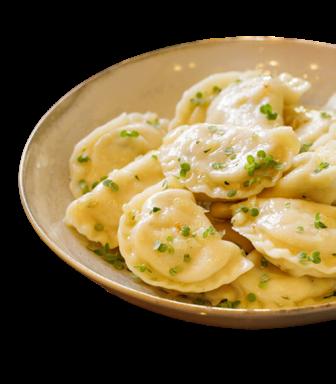
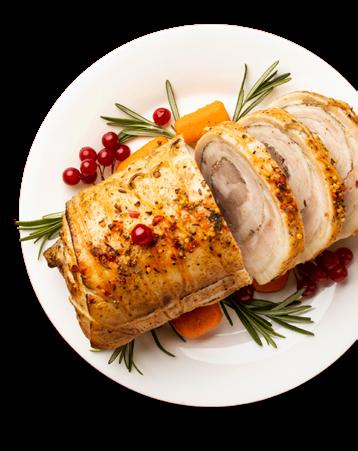
Finland

Whatever the occasion, you can make sure you’re using in season produce on your menus this autumn and into December by checking our useful seasonality guide...




For mobile viewers, to view the whole commodity heatmap, enter landscape mode...
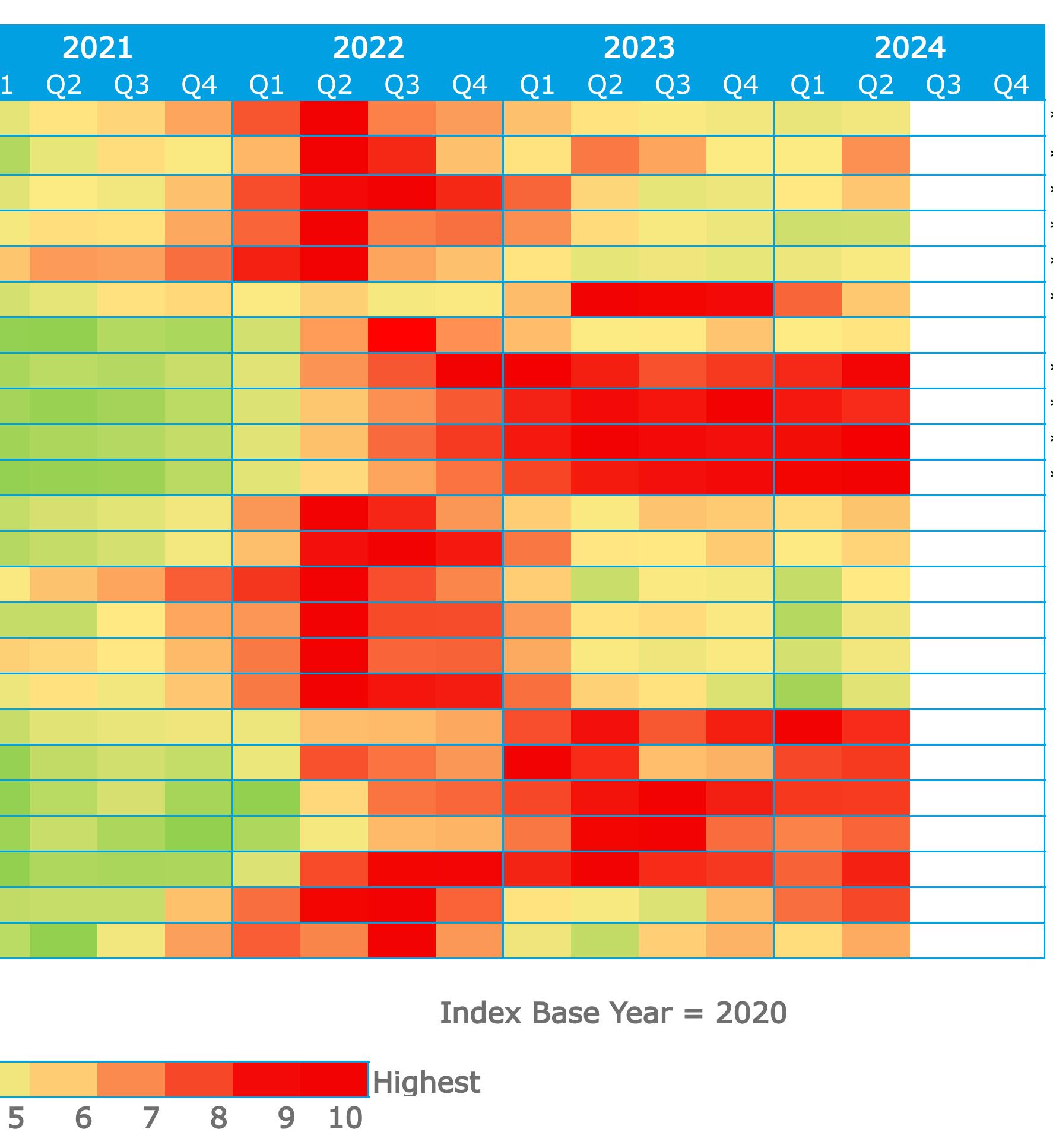



Cod prices are anticipated to rise as we move through the remainder of the year, driven by the approaching end of the annual fishing quota. In 2024, the Barents Sea quota was reduced by 20%, resulting in a 35% year-on-year decrease in exports from Norway by June. The quota for 2025 is expected to be determined by the Norwegian government by the end of October, with scientific recommendations suggesting further reductions.
The conflict in Ukraine has also increased demand for Norwegian cod and other white fish, as many buyers have shifted away from Russian sources due to additional import tariffs on Russian produce.

Salmon prices, after soaring at the beginning of the year, have been on a downward trend.
This decrease is due to fish feeding more actively in warmer waters, leading to faster growth and necessitating more frequent harvesting during the summer months, which increases supply.
However, over the past three years, salmon prices have typically risen in the run-up to Christmas as colder waters slow fish growth and reduce harvest rates. Additionally, the holiday season sees a spike in demand for salmon, further driving up prices.

The European Union is currently facing significant challenges with the quality of its milling wheat. Adverse weather conditions have severely impacted production, with some forecasts suggesting that wheat production in France could be 30% lower than last year.
Across the EU, the 2024 harvest is predicted to be the smallest since 2018. Additionally, there are concerns about wheat quality, particularly protein levels.
In Ukraine, one of the largest wheat producers in Europe, only 30% of the harvested wheat is expected to meet milling grade standards.
As the harvest continues, there is potential for wheat prices to increase as we progress through the next year.

The past two years have been challenging for potato farmers across the UK.
Wet weather earlier in 2024 significantly delayed planting, which, in turn, delayed the harvest. This forced the UK to rely on potato stores from the 2022/2023 season and increased imports, pushing prices to record levels.
As the new season begins, prices are expected to fall, and quality should
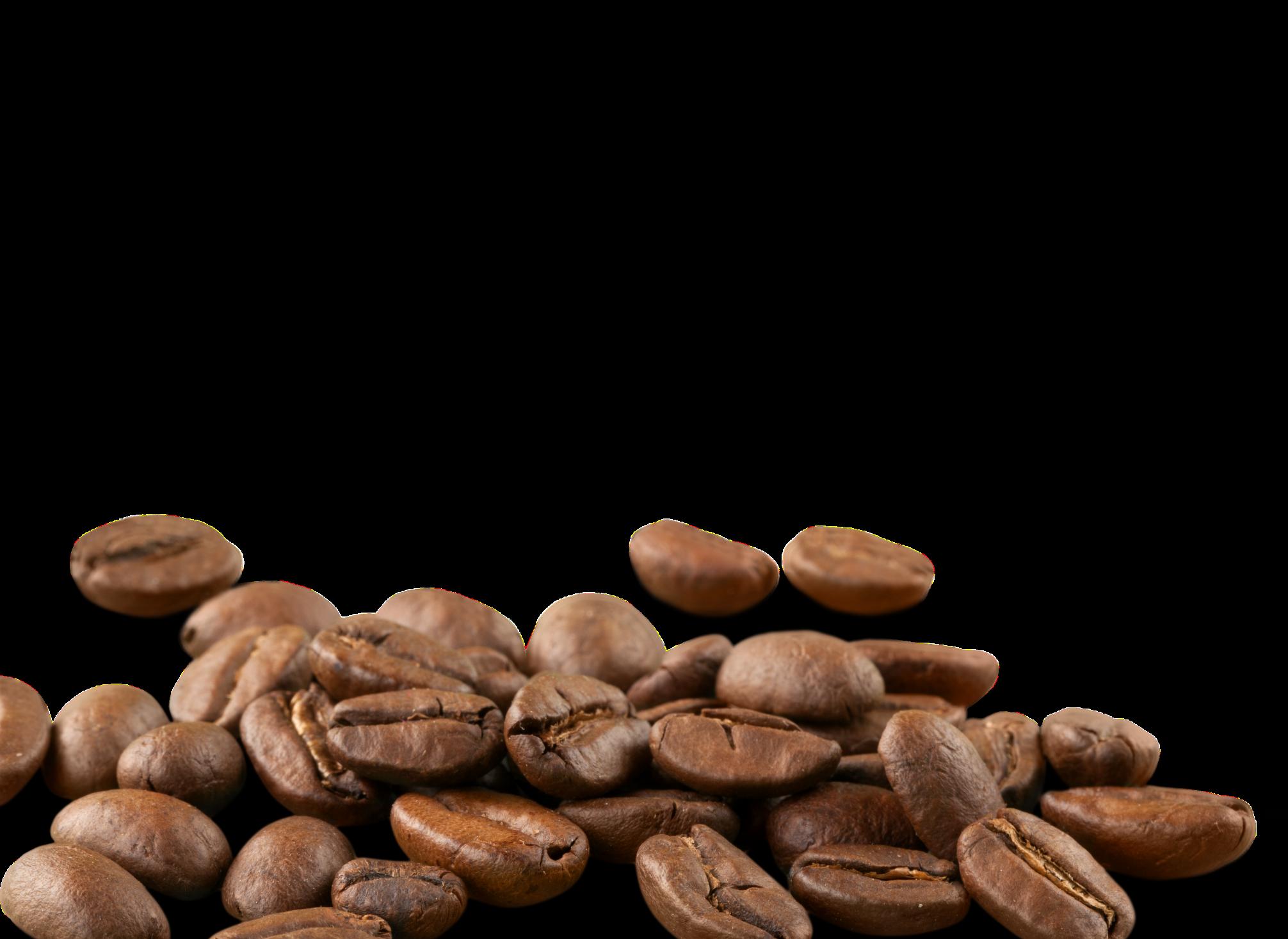
Olive oil prices increased dramatically at the start of 2024 due to severe droughts and high temperatures during the 2022/2023 season, which led to a tight supply of carry-over stocks.
However, increased rainfall throughout 2024 has improved the outlook, and many predict a significant boost in production. This has already led to a 15% yearon-year decrease, although prices remain 87% higher than in 2022.
The high prices of olive oil have driven many consumers to switch to sunflower oil as a more cost-effective alternative. However, with poor supply conditions, particularly from Ukraine, it remains uncertain how demand will shift.

The UK cattle herd has declined since early 2023, leading to deadweight price rises, which spiked to £5.07 per kilogram in March 2024.
By the end of 2023, the UK herd had decreased by 2% year-on- year, with this trend expected to continue into 2024 as consumers opt for more cost-effective proteins. Beef prices began to rise again in June 2024 and currently stand at £4.96 per kilogram, a 5.95% increase from August 2023.

The seasonal demand for lamb has decreased, leading to a drop in prices for UK-produced lamb. Over the last quarter, prices have fallen by 21%, although they remain 12% higher than this time last year. Throughout 2024, there has been an increase in lamb imports from the Southern Hemisphere due to price differences.
However, supplies from New Zealand and Australia appear to be tightening due to increased demand from the Middle East.
While this may cause lamb prices to rise slightly, the relatively low demand in the UK during the run-up to Christmas should keep prices relatively stable.

UK pork prices have remained relatively stable throughout 2024, with only a 0.53% difference between August 2024 and May 2024.
Prices peaked in August 2023, reaching an alltime high, but have since fallen by 7%, but remain 18% higher than the fiveyear average. This stability is largely due to a significant decline in the EU pig population, which hit its lowest level on record in December 2023. There are still uncertainties to address, such as regulations related to the UK Soy Manifesto, which could impact feed prices.
Additionally, a survey by AHDB revealed a dramatic decline in cereals and oilseed rape planting in Great Britain, down 5% compared to 2024 and the lowest level in over two decades, which could have a ripple effect across all protein categories.
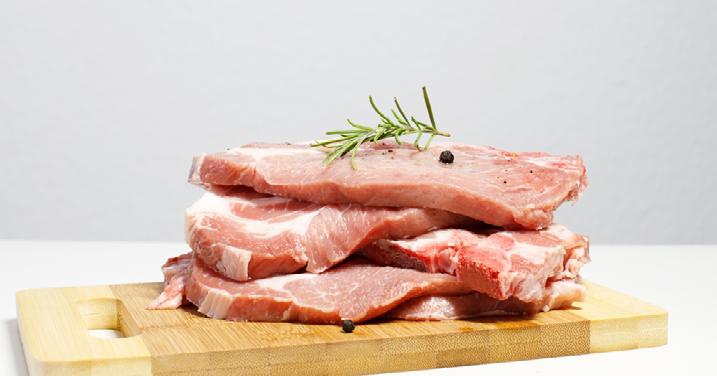
Chicken remains one of the most popular proteins in the UK due to its costeffectiveness and versatility, especially among costconscious consumers.
Prices have risen by 3% yearon-year and are currently 19.7% above the five-year average. This increase is mainly due to farmers’ reluctance to expand flock sizes due to the threat of avian influenza.
Additionally, feed costs remain a concern due to the conflicts in Ukraine and the Middle East, coupled with the reduction in cereals planted in the EU in 2024.
Milk prices have been rising, with a total increase of 5p per litre since the start of June, and further increases are possible. This is typical for the period following the spring flush when cattle produce the most milk due to their calving cycles. Poor weather conditions earlier in the year, which slowed grass growth, led to a 0.9% decrease in milk production between April and July 2024 compared to the same period in 2023.
However, the increased prices paid by milk processors have incentivised farmers to produce more, resulting in only a 0.3% decline in total volume when comparing July 2024 to July 2023.
The rising milk prices have also driven up the prices of butter (up 74% yearon-year), cream (up 66% year-on-year), and cheese (up 13% year-on year).
Rice prices have increased by 6.5% compared to this time last year. Prices have remained high throughout 2024, partly due to India’s export ban on non-basmati rice, which typically accounts for 25% of the global rice market and 40% of global exports.
The ban was implemented to control domestic prices ahead of the general elections earlier this year. It is hoped that these regulations will ease as the year progresses.
However, there are also weather concerns from other major exporters, such as Vietnam, where some regions are experiencing temperatures 4 degrees above expected levels, which could negatively impact rice crops.
These crops make up 13% of global rice exports, so any losses would have a global impact.
Global cocoa production has been severely impacted by poor growing conditions due to a prolonged El Niño phenomenon and an outbreak of the Cocoa Swollen Shoot Virus Disease. Ghana, the second-largest cocoa producer, has seen a 46% drop in harvest production over the past three years. Meanwhile, neighbouring Côte d’Ivoire, the largest global producer, is expected to face a shortfall of nearly 600,000 metric tons, a 27% annual reduction.
These factors have led to a significant increase in cocoa prices, driven by this global supply deficit. Consequently, any products containing cocoa are likely to see associated cost increases as commodity prices continue to rise.
If you haven’t already, do read more about cocoa in the Fairtrade article on page 54.
See also page 33 for a piece regarding tomatoes!


The new Labour government is expected to bring several changes to the food sector, with focus stated to be on economic growth, sustainability, and public health.
1. Economic Growth and Support for British Farming: Labour has emphasised its commitment to boosting the British food industry. This includes a focus on safeguarding food security by setting a target for 50% of food consumed in the UK to be produced domestically. The government plans to address labour shortages in the farming sector through a seasonal worker route, although they do not intend to return to free movement throughout Europe.
Additionally, the Labour government has been said to intend to maintain current spending levels for farm support and agri-environment schemes, aiming to provide stability and certainty to farmers (foodnavigator.com) (Just Food) (FarmingUK).

2. Public Health Initiatives: One of the key pledges of the Labour government is to combat childhood obesity. This includes banning the advertising of high fat, sugar, and salt (HFSS) foods to children and prohibiting the sale of energy drinks to those under 16. These measures aim to improve public health by reducing the consumption of unhealthy foods among young people (foodnavigator.com)

3. Sustainability and Environmental Policies: The Labour government plans to introduce a land-use framework to promote sustainable land management and support environmental land management schemes. This framework is expected to balance food production with nature recovery and community benefits.
additionally, Labour is committed to supporting the circular economy, particularly in the packaging sector, with calls for standardised packaging regulations across the UK to enhance recycling and reduce plastic waste (Farmers Weekly) (packaginginsights.com).

4. Regulatory and Taxation Changes: Labour has pledged to cap corporation tax at 25% and create a pro-business environment that supports innovation and investment.
They plan to enact a tenyear infrastructure strategy to reduce business costs and improve the overall business climate in the UK.

Moreover, Labour’s commitment to a stable tax policy and support for British industry is expected to help the food sector remain competitive on a global scale (foodnavigator.com) (Just Food). policies, initiatives and changes take shape.



We are very conscious that the build-up to the Christmas season is one of the busiest times of the year for catering teams. Planning and preparation from a procurement perspective is crucial to ensure smooth operations and a successful festive period.
Here are several key tips to help get orders in early and manage procurement effectively for Christmas!
Start early - Orders and deliveries: From the start of November, the demand for festive products surges, leading to limited stock availability across the market.
It is important to forecast and place orders as early as September, enabling suppliers to allocate stock more effectively, thereby reducing the risk of short deliveries and out of stocks.
By placing orders early, catering teams can also take advantage of supplier promotions and manage budgets more efficiently, but still allow for small adjustments closer to the delivery date when more exact operational requirements are known. While placing forward orders helps suppliers allocate products, it does not guarantee stock. And the closer the delivery is to Christmas, the higher the likelihood of shortages.
Where there is feasible storage, place orders for non-perishable and longshelf-life items several months in advance to secure the stock.
This also allows more time for contingency plans should there be any stock issues on any products. For fresh produce, work with suppliers - or through your procurement partner! - to schedule advance orders with delivery dates closer to the event. Double-check order details, quantities, and delivery dates to avoid last-minute surprises.
During the busy festive season, maintaining communication within the supply chain is crucial.
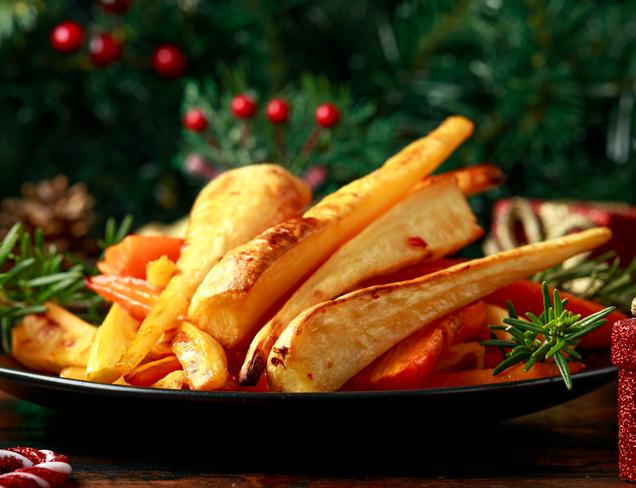
Regularly engage with suppliers to stay informed about market conditions, commodity challenges, and product availability.
If you’re a client partner of allmanhall, log on to The Pass portal daily, for updates and forecasts.
Shortages can arise from limited availability further down the supply chain, such as failed deliveries.
Suppliers will attempt to recover stock and, where feasible, source alternative supply chain routes, but it’s essential to understand these challenges early so contingency plans can be made.
As previously mentioned in the commodity section of this edition of Foodsight, there are challenges within the potato and cocoa markets, impacting products which are normally high on the requirements for festive menus.
Harvest shortages are expected to limit availability, particularly for festivespecific products, so securing stock as early as possible is vital. Once the availability of these products becomes limited, finding any routes to market will be challenging, with associated cost implications.
We recognise that this level of engagement can strain catering teams’ resources.
To support our clients, we provide clear communication about supply chain challenges, insights into key commodities, and the potential implications to the catering functions.
Pricing: With surges in demand and limited supply, prices can be volatile during the festive period.
Without any prior negotiation or supplier management, costs for products can quickly escalate often resulting in a budgetary overspend and overuse of resources reviewing the market for the most cost-effective options.
By regularly conducting market analysis and monitoring key commodities, catering teams can identify trends and anticipate challenges.
This enables early negotiation with suppliers, ensuring fixed, favourable pricing for the festive period. The team at allmanhall are consistently leveraging our buying power to secure competitive pricing for client partners, which is held through the duration of the festive period, helping effective budget management by catering teams.

Technology: The effective use of technology significantly enhances efficiency and accuracy. While these benefits are evident year-round, they become even more crucial during the busy festive period, further aiding operations.
Implementing a catering controls platform can be particularly beneficial, aiding in budget management through recipe building, costings, invoice management, and stock reporting.
Inventory management can be particularly challenging during the festive season, but by using a catering controls platform, catering teams can significantly simplify stock management and have more accurate reports, optimising stock levels.
Catering control platforms provide a comprehensive audit trail from orders to invoices, ensuring complete accuracy in ordering processes. This feature allows catering leads to verify all placed orders, minimising errors and ensuring smooth operations during the frenetic festive season.
Proper planning and preparation from a procurement perspective are essential for catering establishments to navigate the season successfully. By starting early, managing supplier relationships, monitoring market conditions, managing inventory, and incorporating technology, catering teams can ensure a smooth, cost-effective, and successful festive period.
We wish you an early Season’s Greetings and are here to support you with your Christmas prep.

Explore the latest trends, exciting flavours and mouth-watering recipes at Bidfood this year.

Scan here to find out more



Following two and a half years of challenging conditions, caterers are now seeing food inflation drop to more customary levels. The annual rate of CPI food inflation fell from a high of 19.1% in March 2023 to 1.5% in June 2024, with indications that the outlook will remain reassuringly stable.
Whilst a rate of 1.5% is welcome, it is worth noting that a basket of goods will still cost more than it did before, though some individual commodity types may fall within the basket.
That said, catering budgets are infinitely easier to manage at 1.5% than at 19.1%!
Several factors support this outlook. Turn the page to find out more...


Mike Meek Procurement & Sustainability Director

• COVID-19 induced disruption with shortages of raw materials, manufactured products and parts, preceding a significant demand surge that stressed global food supply chains. These have now largely passed.
• Post-pandemic labour shortages, increasing labour costs and recruitment. This is still challenging food producers.
• An energy and food supply shock caused by Russia's invasion of Ukraine with gas prices tripling and electricity prices doubling. Disruption to our global grain, oilseed and gas supply chains negatively impacted our food costs. This was because food systems, including agricultural inputs like fertilisers, farm machinery, food processing, and distribution, remain fossil-fuel dependent, whilst wheat provides one-fifth of global calories. Energy prices have stabilised, with Brent Crude Oil at $80 per barrel.

• Sterling, which is the best-performing G10 currency this year.
• Hopes for improved conditions for UK trade, investment and growth. Whilst the general economic outlook remains subdued, the UK Purchasing Managers' Index for manufacturing has recorded three consecutive months of economic expansion. This is cautiously backed up by modest boosts in the GSK Consumer Confidence Index, where the 12-month Personal Finance Index has improved to minus eight from minus twenty a year ago, signalling growing confidence in household finances and spending plans.
• Stable global key food commodity prices have been supported by higher global inventories. Global stock-to-consumption ratios indicate global resilience to food shortages and price stability. With low stocks, commodity trading is sensitive to further supply shortfalls, intensifying the price response. Stocks-to-consumption ratios for wheat and rice, two of the three commodities that account for half of global food consumption, have risen steadily.
• Lower agricultural input costs. Inputs, like fertilisers, have halved since peaking in 2022, though they are still 60% higher than in 2020.
• UK biosecurity risks, which can cause supply restrictions and threaten food security, have stabilised with fewer reported cases of Avian Influenza as the UK recovers from unprecedented outbreaks.
• Bank of England monetary policy curbing future inflation.
• Global geopolitical instability, including the Middle East and the potential to negatively impact energy prices.
• Vulnerability to climate change, extreme weather impacts on crop production, climate resilience and adaptation.
• Changes to UK trade and impacts on food prices. UK food exports in 2023 were reduced by 11 per cent from 2022, whilst UK self-sufficiency rates increased to 62 per cent during 2023, up from 60 per cent in 2022.


After a significant period of instability, with all things equal, the outlook for UK food inflation in 2025 is much more stable.
We could expect catering managers to budget for four per cent annual inflation, with room for optimism that inflation may be lower during 2025.
References:
https://ahdb.org.uk/news/annual-food-price-inflation-falling-but-higher-in-the-long-term
https://ahdb.org.uk/news/drier-weather-means-a-quick-start-to-gb-harvest-grain-market-daily
https://ahdb.org.uk/cereals-oilseeds/futures-prices
https://www.bankofengland.co.uk/explainers/will-inflation-in-the-uk-keep-rising#:~:text=We%20can’t%20 predict%20exactly,t%20mean%20prices%20will%20fall.
https://www.igd.com/Social-Impact/Economics/Articles/Food-inflation--Are-we-finally-in-the-clear/50277
https://research.rabobank.com/markets/EN/detail/publication-detail.html?id=313949
https://www.gov.uk/government/publications/uk-food-security-index-2024/uk-food-security-index-2024


allmanhall is a dedicated participant of the United Nations Global Compact, joining over 20,000 organisations across 160 countries in the world’s largest corporate sustainability initiative.
The UN Global Compact aims to accelerate and amplify the global collective impact of companies, pioneering the movement towards responsible business practices.
Read on to understand the initiative and the ten key principles on which it is based...

By introducing ten key principles, the UN Global Compact has established a clear path for companies, strategically aligning them with the 17 UN Sustainable Development Goals (SDGs) and fostering collaborative and innovative action towards some of the biggest global challenges to deliver the 2030 UN SDGs.
The UN Global Compact emphasises that good business practice in one area cannot offset harm in another.
It urges organisations to take full accountability for their activities and sets the foundation for long-term success.
To ensure transparency in progress towards embedding these principles, all participating members must produce a Communication on Progress (COP), publicly detailing their efforts across five key areas.
These are:
• Governance
• Human Rights
• Labour
• Environment
• Anti-corruption



To read allmanhall’s full COP, please visit the following link:
https://unglobalcompact.org/what-is-gc/participants/157681-Allmanhall-Limited
Building transparency is essential to mapping financial, environmental and social impacts across the value chain. This is why allmanhall have defined it in our organisational purpose and embedded the UN Global Compact principles into our operations. We have also made our Supplier Code of Conduct and company policy commitments publicly available on our website.
Not only does allmanhall expect our suppliers to undertake an annual third-party verified Environmental, Social and Governance audit to drive improvement, but we also undertake the same process annually.
We are currently ‘EcoVadis Gold rated’, putting us in the 94th percentile of global businesses. This evidence-based ratings approach enables us to measure compliance and manage risk.


To demonstrate leadership and drive greater supply chain transparency, we have partnered with Foodsteps, an innovative and award-winning carbon impact assessment platform to enable our foodservice clients to measure and reduce the carbon intensity of their recipes.
This also supports net zero commitments through the Science-Based Targets Initiative. To read an example of a client partner enjoying the benefits of Foodsteps, click here.
We believe that, in a collaborative world, good food shouldn’t cost the Earth.

That’s right, this September we’re celebrating our 18th birthday. Time flies! 18 whole years of delivering award-winning support and working collaboratively with manufacturers, suppliers and clients and other partner organisations, throughout the supply and value chain. Supporting foodservice teams in sectors from education to care and from business to leisure has been an evolving challenge and privilege and one we have embraced. We thank everyone who has been involved in this journey and who has in some way been part of allmanhall over the last 18 years.
Our commitment and standards have been unwavering since we were founded in Wiltshire by father and son team, Edward and Oliver Hall. Both of whom are still very much involved in the business as Chairman and Managing Director, respectively. From 2 men in a shed, we’re now an expanding team of almost 50 people. We retain our values and investing in and nurturing individuals and on driving sustainable social value.
Our first client partner was St Paul’s Girls’ School, Hammersmith. We are truly honoured to still be working together today, representative of our 97% client retention rate. Today finds us working with well over 150 client sites, a community that continues to grow. Is allmanhall all grown up? The achievements of the past 18 years may imply that we are…
However, we have always embraced a growth mindset where no-one is a finished article. We may be more mature now but we’re still developing and have no intention of losing the fresh approach, spark and energy that makes us uniquely allmanhall. We’re excited about the future and would like to thank everyone who is to be a part of it.
Read our full story here...








Potatoes have been a cornerstone of the British diet for centuries. Their ability to grow naturally in the UK, coupled with their versatility, has made them a beloved staple in various forms such as crisps, roasted, baked, and mashed potatoes. However, recent environmental and economic factors have affected their affordability and availability.
Compared to the beginning of 2022, the Consumer Price Index (CPI) for potatoes has surged by 36% at the time of writing. And this could increase further still in the early autumn, with commodity markets publishing the price for English white potatoes currently standing at £756 per metric ton, marking a 91% increase year-on-year. This sharp rise is attributed to several factors, including wet planting conditions throughout the winter and spring, thereby delaying the harvest. In addition to challenging growing conditions, costs to growers are also increasing. The rise in energy prices over the past few years has contributed to significant storing costs for potatoes, which are kept to specific conditions.
However, despite these challenges, there is hope that prices will begin to drop as new-season crops enter the market later this year.
The rise in costs and poor weather conditions experienced over the past 2 seasons has been a contributing factor to the decline in the area of farmland dedicated to potato farming. This has steadily reduced over the past five years with an estimated drop of 10% in the last 12 months alone. This trend, coupled with adverse weather conditions, suggests that yields might further decrease in the 2024/2025 season, should we continue to experience the same weather conditions. However, more favourable weather conditions could potentially improve yields.
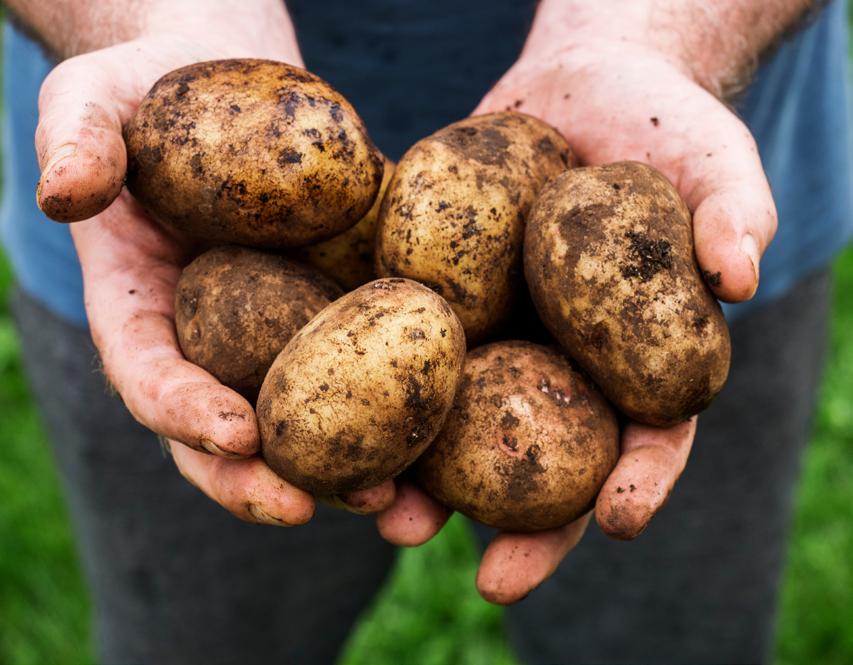
The past two seasons, 2022/2023 and 2023/2024, have been particularly tough for UK potato growers. Traditionally, the UK has been quite self-sufficient in potato production, but these recent challenges have tested the UK’s self-reliance and caused more buyers to import from Europe.
In light of these difficulties, you may benefit from considering alternatives like butternut squash, kohlrabi, and turnips, which can be suitable substitutes in various dishes.



Tomatoes, though now integral to British cuisine, do in fact originate from South America. Farmers only began growing tomatoes in the UK in the 1900s when greenhouses became more commonplace!
Today, the UK consumes around 500,000 tonnes of fresh tomatoes annually, with approximately 400,000 tonnes imported. This heavy reliance on imports exposes the UK to vulnerabilities, especially during periods of adverse weather in key supplying regions.
Even during the summer months, the UK imports about 50% of its tomato consumption, highlighting the dependency on foreign produce.
In January 2023, the UK experienced a notable shortage of tomatoes due to poor harvests in major supplier countries like Spain, the Netherlands, and Morocco. Price fluctuations have become a frequent occurrence as availability rises and falls, owing to factors such as water shortages in critical growing areas and to increasing import costs.

To mitigate the impact of these shortages, you could consider turning to tinned tomatoes; these are often more cost-effective, as they are purchased by processors when tomatoes are most plentiful, tinned when fresh and have a far superior shelf life.
You could also consider alternatives like peppers, which offer a sweet flavour and can seamlessly replace juicy tomatoes in a range of recipes.

If you are buying canned tomatoes, look for these great value options from Bidfood:
Riverdene Chopped
Tomatoes: 6 x 2.5kgBidfood code 42581
Riverdene Peeled Plum
Tomatoes: 6 x 2.5kgBidfood code 91463

Over the summer, some of the allmanhall team were invited to the Wildfarmed Partnership Day in the Cotswolds. Theo Kuehn, allmanhall’s Sustainability Manager took the opportunity to catch up with Craig Jackson, Head of Food Service at Wildfarmed.

TK: So, first things first Craig, what’s the story behind Wildfarmed?
Theo Kuehn Sustainability Manager allmanhall
CJ: Wildfarmed was born from a vision by our co-founder Andy Cato who read an article about the destructive impact of commercial food production that ended with the line 'if you don't like the system, don't depend on it'.
He set about a journey of self-sufficiency culminating in the purchase of a farm in the south of France. After many years of trials and tribulations, we are now in a position where the Wildfarmed farming standards are used across 120 farms for the 2024 harvest in the UK and France to produce wheat in a regenerative system.

Craig Jackson Head of Food Service


TK: What is regenerative farming, and why is it so important?
CJ: Regenerative agriculture is all about repairing and regenerating soil.
Our soil is in the worst position it has been in after years of chemical-based farming. Whilst no one knows exactly when, if we continue to farm conventionally, the last harvest in our current system could be rapidly approaching.
“Regenerative systems work to repair soil health by working with nature and not against.”
CJ: Which will in turn ensure we are able to farm our fields for many more years to come. And there are many other benefits too.
TK: What has been the reaction from farmers who have transitioned to this form of agriculture?

CJ: Our growers are all in a Whatsapp group and also have regular meet ups. The overriding feeling from all is the joy of watching a field, which traditionally had a single crop, flourish with colour and multiple species alongside the sights and sounds of hearing and seeing activity in the field from wildlife from bugs to bees to birds which had been absent previously in the chemicalmonoculture-driven fields.
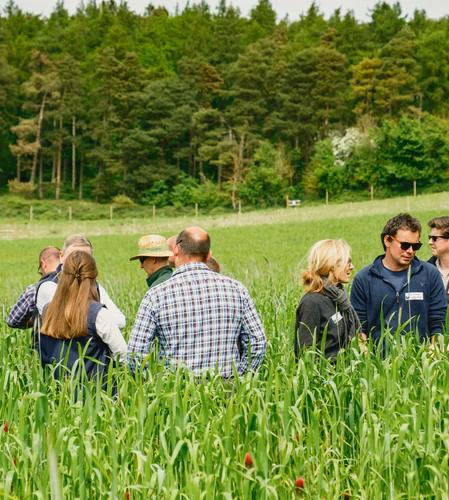

CJ: This does not mean there aren’t challenges for growers transitioning.
The microbes cannot be wished back in the soil and it does take some time but the speed at which nature can recover has proven to be quite staggeringly fast.
TK: What have been the biggest hurdles in growing awareness and understanding?

Andy Cato Founder Wildfarmed
CJ: Preventing regenerative agriculture becoming just another term such as "healthy" or "natural" with very little meaning and also not allowing it to be diluted.
Wildfarmed have laid down their standards in an attempt to set the gold standard of regenerative agriculture with 5 key principles including things such as no use of 'cides on growing crops and ensuring the soil is always covered.
“Not all regenerative agriculture is equal and Wildfarmed want to encourage a culture of being able to question small and big business alike about their regenerative claims.”

TK: What was it like to be featured on Clarkson’s Farm?! What has the feedback been like?

CJ: Clarkson has done an incredible job of showing the plight of UK farmers in a way that is accessible to so many. For Wildfarmed to be featured on Clarkson’s Farm and bring regenerative agriculture to over 5 million screens, often for the first time, was fantastic.
The feedback across customers, suppliers and consumers has been unanimously positive and we look forward to working more with Clarkson in the near future.
TK: What are your ambitions for the future? Today, Waitrose and tomorrow the world?!

The mission has always been landscape change at scale, at pace. Wildfarmed is for everyone.
Since Clarkson’s we have been contacted by hundreds of farmers who want to join the mission and right now, we are working to grow the demand for Wildfarmed and enable us to switch UK farmers to the Wildfarmed way of growing with nature and not against it.
TK: Where can people find and try Wildfarmed products?
CJ: From local artisan bakers, the workplace, premier league football stadiums and national retailers, our products are making their way to shelves as buyers are seeing the benefit of investing in UK regenerative agriculture.
“Your food choices change landscapes so look out for our ‘W’ on packs. to know you are doing your bit to support a move to regenerative agriculture!”
And of course, our products are available through allmanhall and Bidfood.
In fact, Wildfarmed buns make up one of the core components of the Brighter Burger, allmanhall’s innovative burger concept.












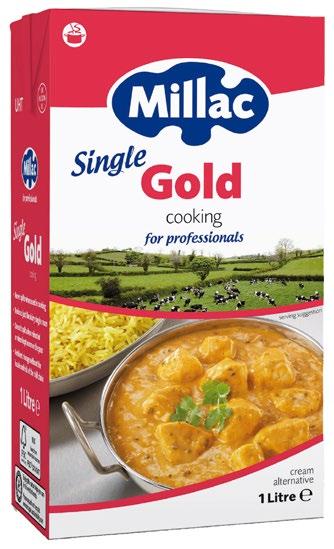

Whether you’re a seasoned chef or just starting out in the industry, Nisbets is here to support you every step of the way.
Our commitment to quality service and customer satisfaction sets us apart from the rest.
With a wide range of products to suit every need, trust us to provide you with the tools and equipment to create unforgettable dining experiences for your customers. Let us be your trusted partner in culinary excellence.
The dairy industry is facing rising concerns about environmental sustainability, animal welfare, and health. Traditional dairy products are under scrutiny for their ecological impact, prompting a surge in plant-based dairy alternatives.
These alternatives promise reduced environmental harm and better nutrition. Here, allmanhall explores whether plant-based dairy alternatives can truly meet these expectations and deliver both sustainable and nutritional balance.
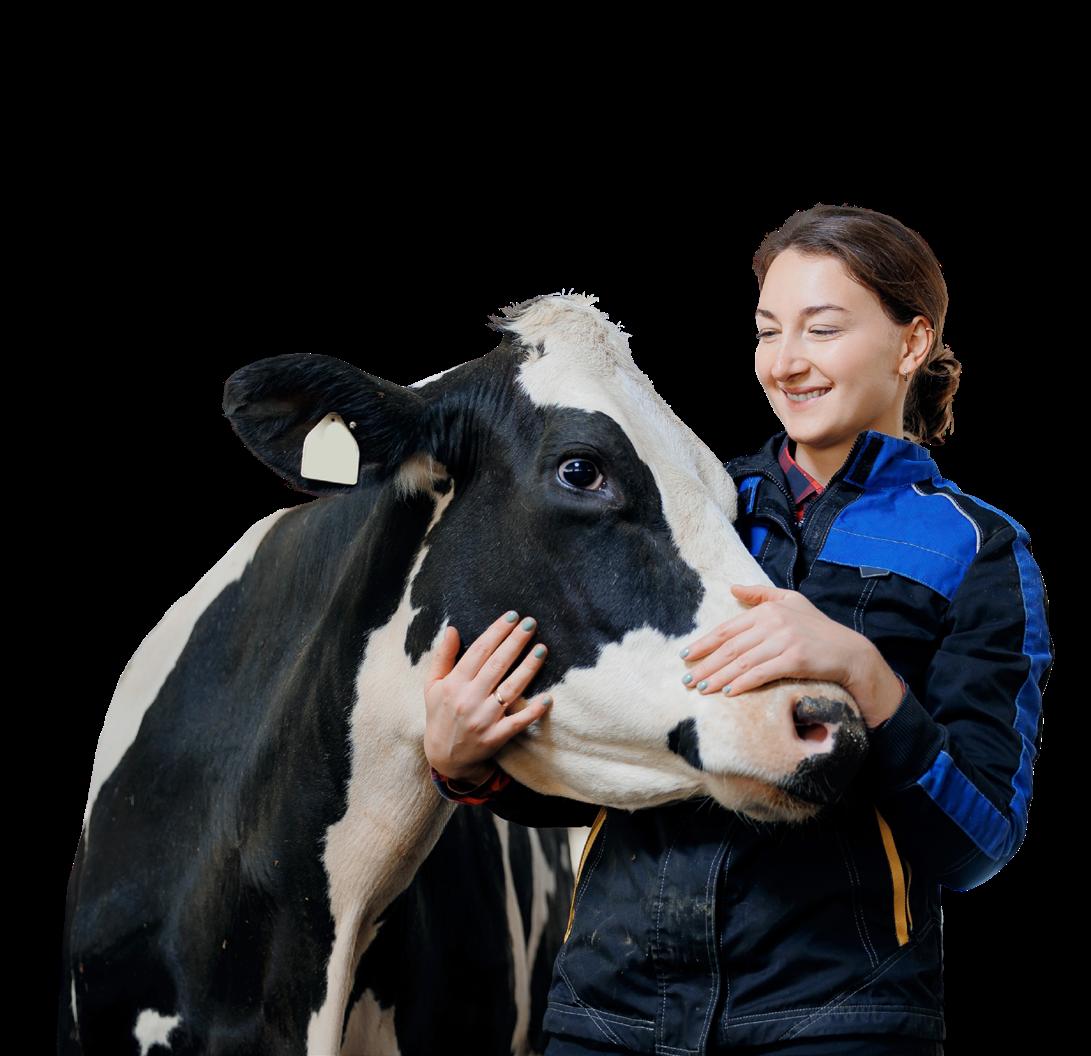
A sustainable food system ensures that food production and consumption are environmentally friendly, socially equitable, and economically viable long-term. It involves efficient use of resources like water and land, minimising greenhouse gas emissions, and preserving biodiversity.
The impact of our current food system:
• Food production contributes 15-30% of total greenhouse gas emissions in the UK.
• It is the leading cause of deforestation, soil and water pollution, and biodiversity loss.
• It accounts for 70% of all human water use.
When compared to ruminant meat products, dairy products produce significantly lower GHG emissions. However, they remain a major contributor to dietary emissions, especially when compared to plant-based alternatives. Traditional dairy farming requires substantial land and water resources, and dairy cows produce methane, a potent greenhouse gas. Dairy farming can also lead to deforestation, soil degradation, and water pollution due to manure runoff and the use of fertilisers. It is estimated that dairy (milk, yogurts, cream, cheese, ice-cream, dairy desserts) is responsible for 11.7% of total dietary GHG emissions and second only to beef consumption.

In contrast, plant-based dairy alternatives such as almond, soya, oat, and coconut typically have a lower environmental impact compared to traditional dairy. These alternatives generally require fewer resources and generate fewer emissions. Table 1 highlights the differences between cheese and tofu products, as well as milk and soya products.

1: Comparison of Dairy and non-Dairy products (BDA, 2020)

Table 2: Comparison of nutritional content of Dairy and Plant-based alternatives (Alpo/Tesco website, 2024). All values represent 100ml of product.
Dairy is a rich source of high-quality protein, carbohydrates, fats, calcium, iodine, and other essential nutrients. However, it typically contains a higher proportion of saturated fat compared to most plant-based alternatives, except for coconut milk.
Dairy also provides more protein compared to most plant-based alternatives, with the exception of soy milk.
Additionally, caterers and those consuming plant-based milks should be mindful of the presence of added sugars and other additives, as these can impact their nutritional quality.

The most important consideration when choosing plant-based alternatives to dairy is their nutritional content. Although many plant-based options available today are fortified with various nutrients, it is crucial to evaluate the quantity and bioavailability of these nutrients. Notably, most unsweetened plant-based alternatives contain little to no carbohydrates or protein; however, this can be easily supplemented through other dietary sources.
Dairy, on the other hand, is a key source of calcium and iodine. Guidelines state that adults should consume 700mg/day of calcium and 150μg/day of iodine. These essential minerals support bone health, brain development, muscle contraction, and many other critical biological processes. Therefore, it is important to read the nutritional information provided on the packaging of plant-based products to ensure they meet the required dietary and nutritional needs
Recent studies have raised concerns about the bio-accessibility of calcium in plant-based beverages, despite their high calcium content. Surprisingly, the bio-accessible calcium from these beverages was found to be alarmingly low, often less than 5%, compared to 30% for traditional dairy milk. This significant discrepancy calls into question the calcium health claims frequently made by many plant-based beverage brands.
The low bio-accessibility in plant-based products is primarily attributed to the poor solubility of the tricalcium phosphate commonly used for fortification. Interestingly, the absorption of calcium from calcium carbonate is reported to be equivalent to that from dairy milk, therefore opting for calcium carbonate may be beneficial for nutrient absorption.
Additionally, vitamin D is an essential nutrient for calcium absorption, therefore supplementing vitamin D (especially during the winter months) may provide additional benefit for calcium uptake.

Unfortunately, the majority of plant-based alternatives are not currently fortified with iodine. This may put the consumer at risk of iodine deficiency as there are few foods with iodine in adequate quantities. The primary sources of iodine in the UK are cow’s milk and fish (mainly white fish). Other sources may include seaweed, prunes, and eggs. Therefore, it is important to select an iodine-fortified alternative where possible.

In conclusion...
While the environmental benefits of switching from diary to plant-based alternatives is clear, there is room for improvement in the nutritional composition between the two, particularly in terms of protein, iodine, and calcium. As new research and advancements in production methods develop, the prospect of transitioning from dairy to exclusively plant-based alternatives may hold promise for the future. But for now, here are some key points and recommendations for those contemplating this transition.
• Check the packaging of plant-based milks for fortification - especially for iodine and calcium fortification using calcium carbonate.
• Dairy is not the only source of calcium - make sure to include other sources of calcium in a balanced diet, such as fish (with the bones), beans, lentils and leafy greens.
• Vitamin D will help with calcium absorption - therefore ensure milk alternatives also contain vitamin D.
• Avoid plant milks with added sugar – this can have detrimental effects on overall health.
• Plant-based alternatives and protein content – if you require higher consumption of protein in your diet, soya milk would be the better plant-based alternative.
Click here to see the reference list for this article...
Starting a revolution and saving the planet, one delicious bite at a time...
Together with our partners and top innovators, allmanhall have collaborated to create a deliciously tasty premium meat alternative: The Brighter Burger.
The smart and informed choice, kind to the planet without compromising on taste experience.
Don’t just take our word for it…
“It was very good! I didn’t even notice it was plant based until I came back for a second… The most delicious burger I have ever tasted.”


Our revolutionary burger only emits 0.34kg CO2e compared to 5.77kg CO2e in a standard beef burger.
The Brighter Burger carbon emissions are less than 6% versus a beef burger. Wow!
For more information, click here.
The burger will be launched and available to sample and order* later this Autumn, in time for January menus!
Details to follow very soon...
*Geographical restrictions may apply in initial launch phase. List prices TBC.
^The Brighter Burger: trademark pending


The Pass is available to all of allmanhall’s clients and is a vital platform in supplementing catering operations. Launched in 2020, The Pass continues to be regularly improved and developed to meet the needs of our clients, ensuring all updates, information, resources and financial information is in one place.



Whether you have access to a desktop computer, tablet or mobile, The Pass works seamlessly across all devices.

View critical updates, market reports, industry news and all supplier communications

Access detailed training guides, videos and resources on chosen catering control platform Webinars

Sign up for allmanhall and partner webinars, as well as full access to previous recordings

Access the latest supplier brochures and promotions

View supplier account details including delivery days, minimum order values, telesales contact information and much more
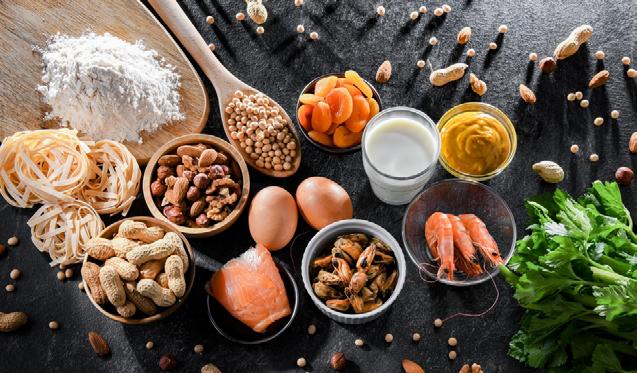
Access a range of resources and training material to support with allergen management

Raise cases at ay time and view historical case activity

View and download invoices, trading calendars, bespoke reports and procurement reviews
Sustainability
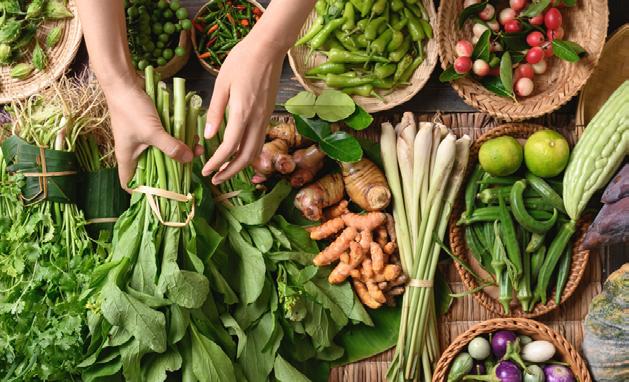
Utilise information and tools from the likes of Foodsteps, Guardians of Grub and the UN Global Compact

The evidence is clear, we need to make changes to our diets, but how do we ensure nutritional intake is not impacted and is this the right option for everyone?
Our current diets are harming our health and the environment. Moving to more sustainable diet involves reducing animal products, however, this is often met with nutritional concerns, especially when considering vulnerable groups of the population. Here Tess Warnes, allmanhall’s registered dietitian looks at the evidence. And at how and if we can practically achieve a sustainable diet for all, including the vulnerable population groups, exploring:
• What is a sustainable diet?

• Which foods should we be eating more and less of?
• Can red meat be included following a sustainable diet?
• How can we make these changes?
• Is a sustainable diet appropriate for all population groups?
Key elements of a sustainable diet:

• A sustainable diet does not need to be a vegan diet or vegetarian; meat, fish, eggs and dairy can all be included.
• Globally, food production is responsible for about a third of all greenhouse gas emissions.
• The key messages around eating sustainability are in line with dietary recommendations for health.
• Having a variety of protein sources and including more beans, lentils, tofu, Quorn, can not only benefit the planet, but also our health.
• Increasing our intake of fruit and vegetables will also support the planet and our health.
• Food waste is a key element of reducing emissions. This includes portion sizes and therefore links to health, too.
• Meeting nutritional requirements is key, and for certain groups of the population it should be considered that changes to diet may not be appropriate.
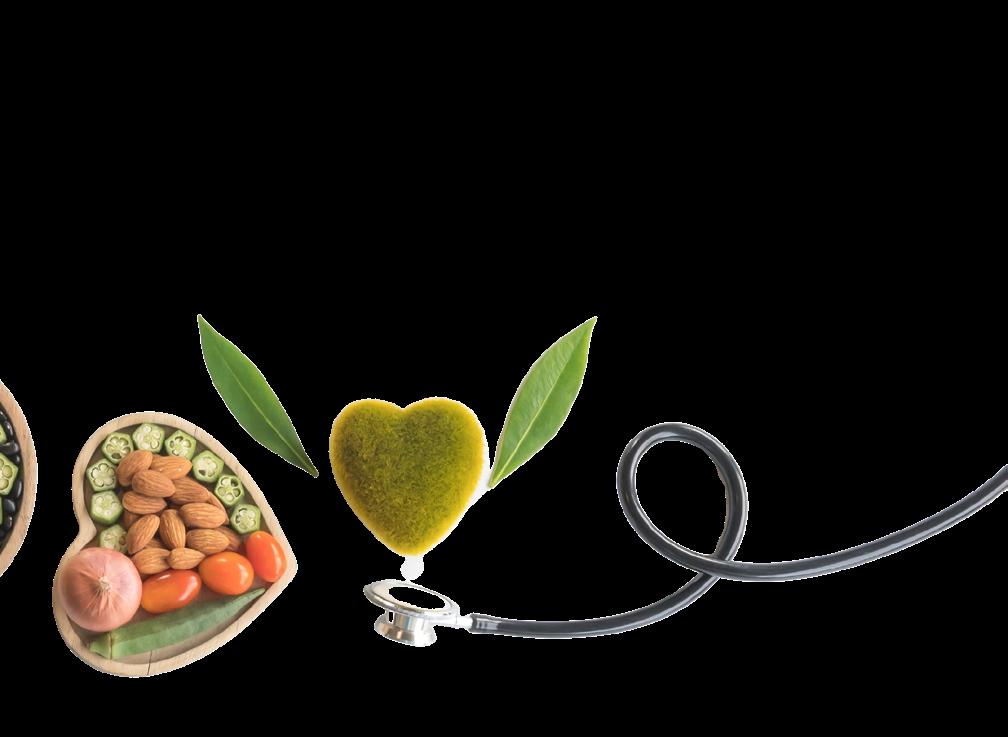
The official definition of a sustainable diet from the Food and Agriculture Organisation (FAO) of the United Nations is:
“Sustainable Healthy Diets are dietary patterns that promote all dimensions of individuals health and wellbeing: have low environmental pressure and impact: and are accessible, affordable, safe and equitable: and are culturally acceptable.”
This statement really emphasises that a sustainable diet is one that not only supports the planet but is also appropriate for nutritional health.
When allmanhall were interviewed by Louise Minchin for ITN, we made the same point. You can read more about that and watch the interview here.
There are many different interpretations of what a sustainable diet should look like, with varying degrees of restriction, for example, The EAT-Lancet Planetary Health Diet, The British Dietetic Association One Blue Dot and The World Health Organisation Sustainable Healthy Diets.
Some of these recommendations have been criticised for being too strict, and potentially not meeting micronutrient needs.

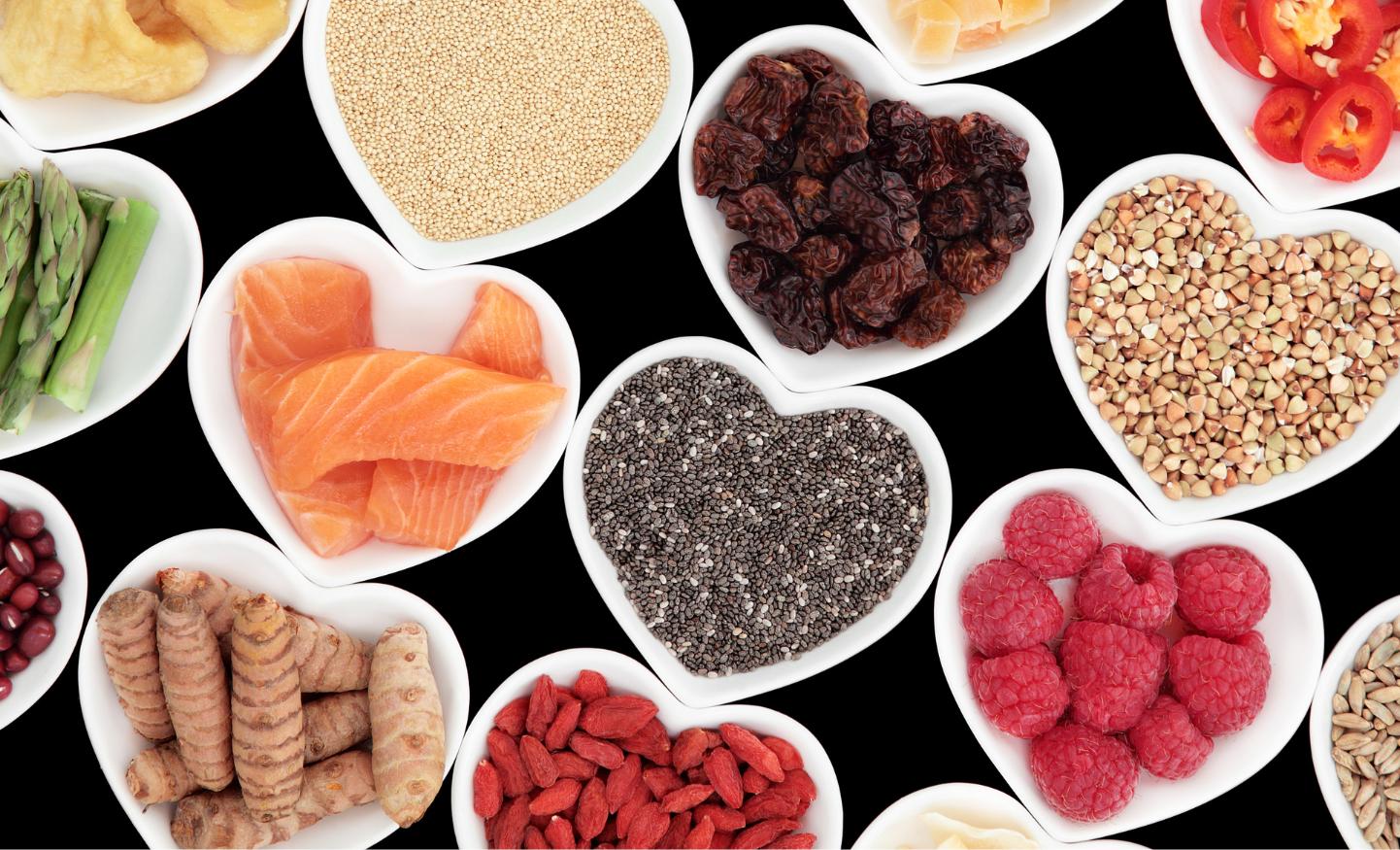
However, if followed, the Government recommendations in The Eatwell Guide, although primarily for health, would reduce the environmental impact of our diets in the UK on average by about a third. Whist some argue this does not go far enough to protect the planet, the Eatwell guide may be a realistic place to start and would not compromise nutritional adequacy.
• Aim for 5 portions of fruit and vegetables daily.
• Aim for a third of the diet to be starchy carbohydrates, and focus on higher fibre varieties.
• Limit red meat to 70g per day (350g per week) and have minimal or no processed meat (see below).
• Include three portions of diary or if using alternatives ensure they are fortified with calcium, vitamin D and iodine, where available.
• Aim for two portions fish per week (one should be oily).
• Focus on reducing food waste.
Red and processed meats have the single biggest environmental impact of any type of food, with beef and dairy cattle in particular contributing significantly to the environmental burden. The focus when looking at sustainable diets is often on meat which is a cause of concern for some as red meat is a key contributor in our diets of several nutrients. A reduction in red meat could potentially cause nutritional deficiencies. Conversely, too much red meat can contribute to excess intake of saturated fat and salt from processed red meat.
The Eatwell Guide therefore recommends limiting red meat to no more than 70g per day, or 350-500g, (cooked weight) per week. And processed meat should be limited or avoided completely. Limiting red meat to this amount has been shown to not compromise intakes or status of key nutrients. Limiting red meat and avoiding processed meat would go a long way to help lower saturated fat and salt intakes whilst also significantly lowering the environmental impact of our diet.
To put this into context, see the table below for average portions of meat, indicating red meat can still be included within a sustainable diet:


Taken from: https://www.nhs.uk/live-well/eat-well/food-types/meat-nutrition/
Limiting red meat and avoiding processed meat would go a long way to help lower saturated fat and salt intakes whilst also significantly lowering the environmental impact of our diet.

When looking at sustainable diets for certain groups of the population, are there any additional areas that need to be considered?

Requirements for specific nutrients increase as we get older; protein, calcium, folate (folic acid) and vitamin B12. This, coupled with reduced appetite or certain illnesses, can increase the risk of malnutrition. Therefore, for these individuals, the priority needs to be nutritional intake and enjoyment of food. This doesn’t mean changes can’t be made to improve the sustainability of meals, but more care is needed to not compromise nutritional intake.
A positive switch could be to replace some meat in a dish with beans or pulses. This way the meal is high in protein and micronutrients but also has fibre. Fibre is often low in older adults, and is important for gut health. Many plant-based foods are also highly nutritious and can be used to fortify foods when needed - think almond powder to curries, nut butters in porridge or smoothies and so forth.
Teaching children about healthy and sustainable eating can help create healthier eating habits for life and help educate about where food comes from and its impact. However, children’s nutritional requirements are higher so careful planning is needed to ensure requirements are met.
This can be achieved by including a wide range of options on the menu. This can include red meat but limited to a couple of times a week, as well as fish, white meat, and a wide range of plant proteins. By taking time to support children with trying and tasting these foods, uptake and enjoyment can be improved.

A key factor when meal planning is looking at the acceptability of the meal. After all, if the dish is not eaten, no nutrition has been consumed, and food waste contributes hugely to global admissions.
TOP TIPS: How to implement a sustainable menu whilst ensuring nutritional adequacy.
• Red meat can still be on the menu but with reduced frequency and quantity.
• 50/50 meat and plant protein is a great option to improve acceptance but also for enhancing nutritional content.
• For any meat taken out of dishes, replace with a high protein plant alternative such as beans, lentils, tofu or Quorn.
• For any dairy alternatives, choose products fortified with calcium and vitamin D, and iodine if possible.
• Include fish on the menu (opting for sustainable choices).
• Avoid or minimise use of processed meats.
• Offer nutritional homemade snacks such as flapjack, energy balls, Greek yogurt.
In summary...
A sustainable diet does not need to involve extreme changes. Small tweaks in line with what recommendations for health in the Eatwell Guide are suitable for most of the population without causing risks to nutritional intake.
However, care needs to be taken for those groups with reduced appetites or those who have higher requirements. Nutritional intake should always be the priority for these groups.
When menu planning, a wide range of foods should be on the menu, including red meat but looking at reducing the frequency and quantity served. Equally, it is important to ensure any plant-based alternatives are adequately nutrient dense. It is also important to ensure any dairy alternatives are fortified with calcium, vitamin D and, where available, iodine.
Small changes can make big differences to both our health and the planet.

In the latest annual assessment, allmanhall has been recognised by EcoVadis as a ‘Gold Rated’ supplier…
Mike Meek, allmanhall’s Procurement & Sustainability Director had an announcement to make.
”I’m really pleased to advise that following our annual sustainability assessment, Ecovadis have rated allmanhall as ’Gold rated’.
This international rating system which covers ethics, sustainability and governance puts allmanhall on the 94th percentile of global businesses assessed.”
Read the full blog here:
https://allmanhall.co.uk/blog/allmanhall-become-an-ecovadis-gold-ratedsupplier
Find out more about our sustainable supply here: https://allmanhall.co.uk/sustainability

Mike Meek Procurement and Sustainability Director


of
A


By reducing the meat content of your dishes by 50% and supplementing with Quorn you will be having a hugely positive impact on the planet: less carbon emissions, less water usage, less deforestation - all in all less meat means a greener approach - in every way
Quorn Mince, Bidfood code 14294, Packsize- 4x1 5kg



Reduces saturated fat, calories, cholesterol and increases fibre Powered by Mycoprotein A complete protein source with all 9 essential amino acids and high bio availability Saves carbon and costs less






Around 5-8% of children in the
a food allergy
20% of severe allergic reactions to food happen whilst a child is at school
32% of children surveyed reported having been bullied due to food allergy at least once.
If you have a LinkedIn account, be sure to follow @allmanhall for the latest market updates, industry news, foodie insights, sustainability guidance, recipe inspiration, and much more!


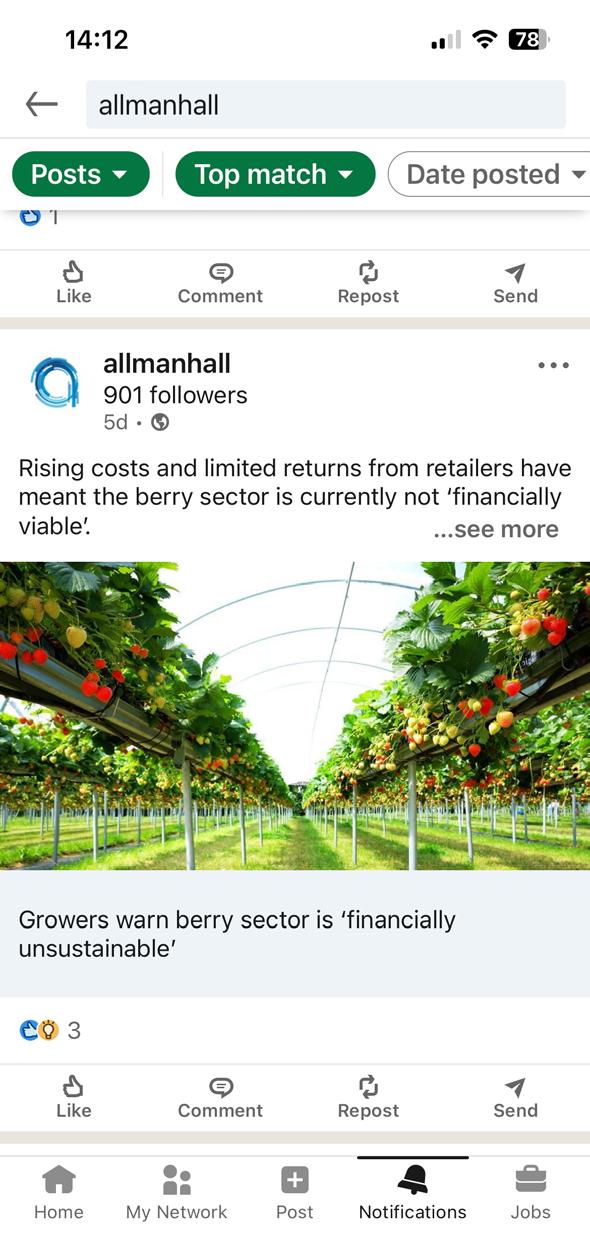
As well as sharing insights and updates, we regularly collaborate with partners including Foodsteps, UN Global Compact and Jamie’s Farm.
You will also get to see behind-the-scenes photos of our team and what we get up to!



With a growing importance on the traceability of our food supply and understanding where and how what we eat is grown, processed and manufactured, we’re looking at Fairtrade and what this means for the food we consume.


Laura Taylor Senior Buyer allmanhall
The Fairtrade term is a familiar one and we’ve likely all seen the Fairtrade green and blue logo on products in the supermarket. Put simply, Fairtrade is the identification of fairly produced and fairly traded product that can be traced from farm to shelf.
Whilst the Fairtrade standards cover a huge range of products, some of the most common are bananas, cocoa, coffee, tea and sugar. Here in the UK, there are approximately 6,000 Fairtrade certified products for sale.

For bananas, the Fairtrade mark certifies that the produce has been grown by plantations and small farmer organisations that meet the economic, social and environmental standards set by the Fairtrade Foundation.

In 2022, 35,000 banana farmers and workers were supported by Fairtrade, benefitting from their assurance of securing a decent price and a decent wage for their production, as well as improved workplace environments.
More and more of our favourite confectionary brands have made the commitment to using Fairtrade cocoa.
This ensures that farmers receive a minimum price for their produce, regardless of the market fluctuations and volatile commodity pricing.
With cocoa farming often harbouring issues of child labour, gender inequality, poverty and forced labour, Fairtrade helps to improve workers’ rights. The Fairtrade Premium that farmer organisations receive in addition to the minimum price is for farmers to invest in projects of their choice.

Often this is used to introduce new trees to the farms and invest in better equipment and better facilities to help improve their crop production. Whilst singleingredients foods such as bananas are classified as 100% Fairtrade, chocolate – as it contains more than one ingredient – must have 20-50% of its dry weight from a Fairtrade farm in order to qualify for the certification.

Within the coffee market, a growing number of roasters both large and small are highlighting the traceability of their coffee beans either by sourcing through a cooperative or by building partnerships with coffee farmers in order to secure direct trade.
These grower-roaster relationships are often developed over time, with roasters sourcing from the same farmers year after year in order to offer some stability to the supply chain.
This ensures that they are sourcing consistently great quality, traceable beans from farms that offer fair wages and working condition.
Roasters often support local communities by sourcing from cooperatives that give back to the farmers and their families, whether it be support for women from abusive domestic situations or ensuring that communities have access to safe, fresh water. The Fairtrade minimum price and premium extends this support.
Fairtrade certified produce doesn’t necessarily mean more expensive. Essentially it comes down to how the price of a product is split. The Fairtrade Foundation explains that of a £1 nonFairtrade bar of chocolate, only 6p will end up going to the cocoa producer. The remainder of the £1 is split amongst the chocolate manufacturer, the retailer and the rest of the supply chain. With Fairtrade chocolate, a larger proportion of that £1 is going to the cocoa producer by means of the minimum price.
That said, just because a more expensive chocolate bar is marked as Fairtrade, it doesn’t necessarily mean that the cocoa producer is getting more than the minimum price for that commodity.
Fairtrade Fortnight runs from the 9th September to the 22nd September and highlights how you can be the change.
Whether this is a change to wholesale purchasing, or a small change within your own purchasing habits, being conscious of Fairtrade certified products will help to support farmers, ensuring that they receive a fairer price and better working conditions for the produce that they grow.

By Jo Hall, Development and Marketing Director


The development of allmanhall’s new burger concept has been led by our procurement and sustainability director, Mike Meek and as a collaboration with Redefine Meat, Wildfarmed, Bidfood, Applewood Vegan, Rubies in the Rubble and Epsom College’s brilliant in-house catering team.
Our esteemed registered dietitian, Tess Warnes reviewed The Brighter Burger* ahead of the concept approval and was impressed by the patty’s 11g protein, 5g fibre, low salt and lower saturated fat. The Brighter Burger also offers 4.2mg Zinc and 3µ B12. The nutritional content versus a standard beef burger is impressive indeed.
*The Brighter Burger: trademark pending
Epsom College partnered with allmanhall and the team at Redefine Meat to deliver a trial lunch service.
The school community had the chance to try this tasty burger, free from compromise and with carbon emissions of less than 6% versus a beef burger.

800 samples were served - in Vegware eco-catering holders, of course! - to 800 pupils, teachers and staff members.
The feedback came rolling in...
“Best tasting meat free burger.”
“Very tasty. For someone enjoys meat but is fussy about the quality of it, this was delicious, and I didn’t need to worry about finding gristle! “It was very good!
“I didn’t even notice it was plant based until I came back for a second…”
“It was the most delicious burger I have ever tasted.”
“I normally don’t like meat alternative foods. The burger was tasty and tasted high quality.”
Epsom College’s director of catering, Bev Spencer commented:
“We are continually looking at the ways in which we can become more sustainable and teach our pupils about the food that they eat, where it comes from and the environmental impact of food choices. This low-emissions, waste reducing burger concept from allmanhall is a brilliant initiative and you honestly can’t tell it isn’t meat. There’s no compromise on flavour or taste experience...
our pupils and staff really enjoyed it!
We knew we were onto a winner when the pupils came back asking for more. Looks like these could be a firm favourite on our menus in the future.”

Sir
Anthony Seldon
Head of College at Epsom College,
with his sample
Overall, 74% polled said they would like to see The Brighter Burger* on the menu! And the good news is, from January 2025 this will be possible via select Bidfood depots. More information will be released over the autumn to aid menu planning.
- Incredible taste experience
- Meat and dairy free
- Low carbon footprint
- Reduced emissions
- Tackling food waste
- Regenerative farming
- High in protein
- Source of fibre
- Comparable cost and value

- 74% of pupils polled post-trial would like to see it on the menu!
It’s revolutionary in that it emits only 0.34kg CO2e compared to 5.77-5.87kg CO2e from a standard beef burger... That’s just 6%.
You can see more details here.
*The Brighter Burger: trademark pending
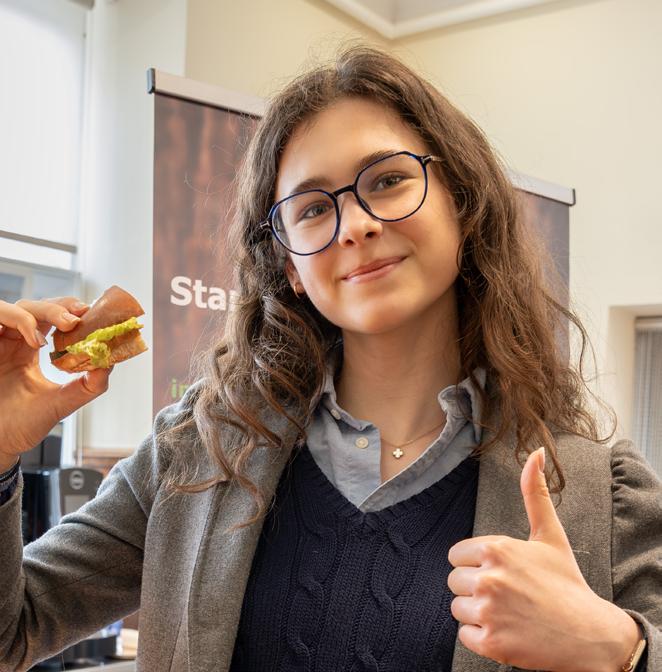
Kalina, a Sixth Form student at Epsom College:
“It was great. I want more of it! So good.”


In July, allmanhall was delighted to assist NHS Salisbury Foundation Trust in onboarding Foodsteps, an award-winning carbon impact assessment platform.

Discussing the impacts of meal choices
Foodsteps simplifies the calculation and communication of the carbon intensity of recipes, enabling better decision-making in menu choices.
The NHS accounts for approximately 4% of the UK’s annual carbon footprint, producing around 24.9 MtCO2e. That’s equivalent to the carbon footprint of 3 billion smartphones being charged!
The NHS’s food and catering emissions constitute 6% of this footprint, comparable to charging 181 million smartphones... all the phones in Indonesia.
With an ambition to become the world’s first net-zero health service, collaboration across the value chain is essential for the NHS to meet their goal.

Graph showing the NHS’s decarbonisation plan, with a clear mention of the shift to plant based diets.
Platforms like Foodsteps are ideal for mobilising and supporting change. Since their onboarding, the team at NHS Salisbury has uploaded over 180 recipes. The carbon intensity of each recipe is now clearly communicated in their onsite restaurant, with easy-to-understand labels prominently displayed. allmanhall’s sustainability manager, Theo Kuehn was invited to speak to staff and patients during the Trust’s Green Week about food and sustainability. The feedback was incredibly positive.
One staff member explained that it would inform their meal choices. And the catering team was surprised that a small swap in ingredients could lead to a significant carbon reduction.

The NHS Salisbury catering team and allmanhall’s Sustainability Manager, Theo Kuehn.
NHS Salisbury join a number of allmanhall client partners benefiting from Foodsteps and other carbon reduction initiatives. Take a look at this case study for details of what Epsom College are doing, for example!
For more information on Foodsteps and how we can help reduce the carbon footprint of your menu, please ask the team at allmanhall.

allmanhall hosted two unforgettable networking and development days at the iconic Billingsgate Fish Market, London.

Held on Wednesday, June 12th and Thursday, July 25th, these events were more than just early wakeup calls; they were a deep dive into the world of seafood and sustainability.
Supported by Nisbets and Robot Coupe, the events gathered chefs and senior management from various catering operations, creating a vibrant forum for learning and discussion.

The day began before the crack of dawn, with a warm welcome from the legendary fish expert and Master Fishmonger, CEO of The Seafood School at Billingsgate Chef C J Jackson.
Under her expert guidance, attendees embarked on a tour of the bustling market, where hundreds of species of fish and shellfish were on display.


From flying fish to baby sharks, and even the elusive snakehead or “madfish,” the variety was astonishing. Highlights included learning the tricks of the trade in assessing fish freshness—beyond the usual clear eyes and minimal aroma.
Chef C J demonstrated the importance of red gills, firm flexibility, and the shimmering scales that signal a prime catch.
After the market tour, the focus shifted to a skills workshop led by C J Jackson. Attendees were put to the test in identifying various members of the cod family, including haddock, whiting, pollock, and hake, as well as flatfish like turbot and plaice.
The hands-on session included gutting and filleting mackerel and flatfish, with participants rising to the challenge.
One memorable lesson involved handling hake by the eye sockets to avoid their anticoagulant-coated teeth—an essential tip for avoiding prolonged bleeding.
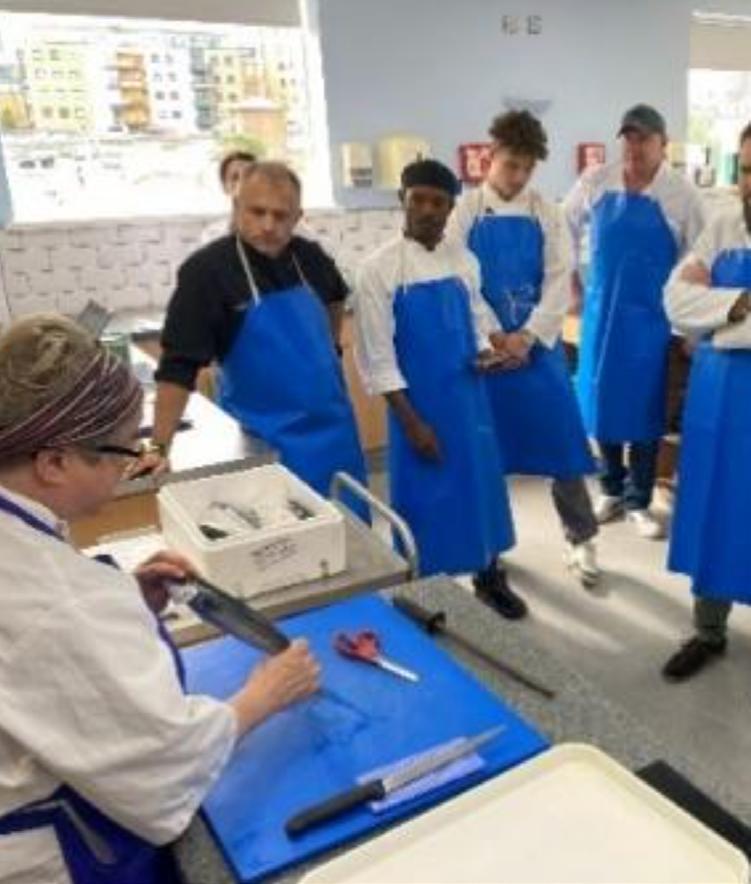
C J also demonstrated how to dress a crab, followed by a taste test of freshly fried goujons, challenging participants to identify six varieties of the Gadidae fish family (cod, haddock, pollock, coley, whiting, hake) - no easy feat.
Both events featured presentations by Robot Coupe, highlighting the impacts of food waste and demonstrated how modern technology can save time and support reduction.
This sparked lively discussions among attendees about industrywide efforts to tackle this pressing issue. One innovative example was put into practice as participants seasoned and deep-fried fish fins, resulting in delicious (though perhaps not universally loved) “fish scratchings”.
The highlight of each day was undoubtedly the Ready Steady Cook competition. Working in pairs, chefs had 20 minutes to create a dish using the fish they had filleted earlier, with no more than five additional ingredients allowed.
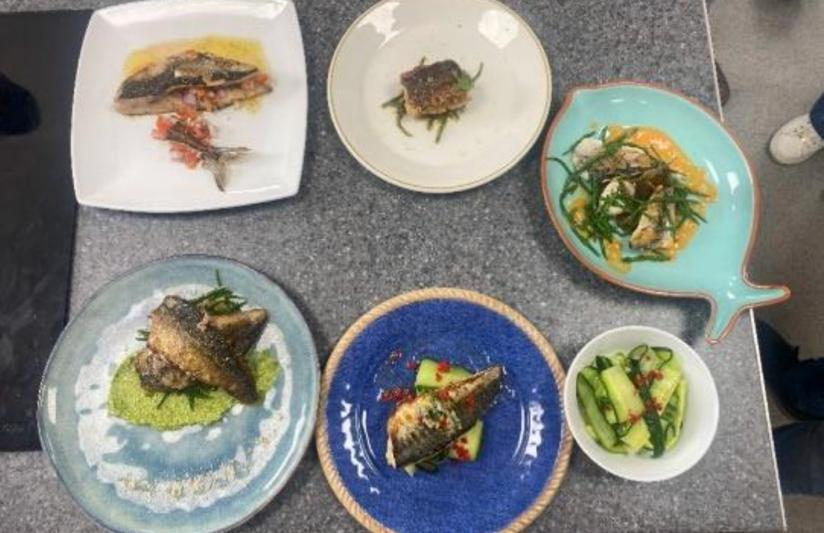
The results were as creative as they were delicious, with dishes like plaice with sea samphire pesto and fried fish tails with a chili dip taking centre stage.
Although the competition was fierce, the prize on 12th June went to Epsom College's Executive Chef Andy and his team for their seared mackerel with pickled cucumber and a ceviche made from mackerel trimmings—a well-deserved win in a field of outstanding dishes.
The competition was intense on 25th July, with the three head chefs from Anchor Care sharing the top prize, a credit to their talents and skill. By the end of the day, attendees were tired but inspired. The event was unanimously praised as both educational and enjoyable, offering valuable insights into the world of seafood and sustainable practices.
“It was an incredibly informative day around the market,” said John Badr, Head of Food Operations at Warwick Schools Foundation.
Rob Hoegger, Catering Manager at Worth School, echoed the sentiment, calling it a “fantastic experience with great knowledge.”
Epsom College’s Executive Head Chef, Andy Trowell, left with new ideas, particularly from Jamie’s food waste session:
“Really great day walking around the market and learning about all the different species of fish. The food waste session was very informative and left me with lots of new ideas, I think I will be trying the onion and garlic seasoning for a start!”
All in all, allmanhall’s networking days at Billingsgate Fish Market were a resounding success, leaving participants with a deeper appreciation for the versatility and sustainability of seafood, along with practical tips to reduce food waste in their own kitchens.
allmanhall will be running more of these chef craft experience events –and others like it - in partnership with Metcalfe and their ‘Respect the Ingredient’ campaign, before the end of 2024 and into 2025.

Watch this space!


allmanhall was delighted to be invited to attend and present at the Haberdashers’ Monmouth Schools Sustainability Conference in July.
The event was the first of its kind, bringing together pupils, staff, partners, and the local community with the goal of empowering future generations to drive sustainability and take action.
Lord Colin Moynihan opened the event, emphasising that young people have the potential to save the world and halt the global climate crisis. He stressed the importance of empowering pupils and engaging communities to influence thought leaders to take action.
TV wildlife presenter Kate Humble then addressed the climate crisis, sharing some alarming statistics: each year, one-third of all food is wasted; households alone waste 9.5 million tonnes of food; half a billion electrical items, 670,000 tonnes of furniture, and 360,000 tonnes of clothes are also sent to landfill.
Foodsight: Autumn Edition 2024
During the lunch break, the catering team at Haberdashers’ Monmouth Schools served allmanhall’s innovative burger concept, “The Brighter Burger,” alongside a variety of other sustainable options from allmanhall’s partners, including Devil’s Kitchen, Rubies in the Rubble, Belu Water, Notpla, and Wild Farmed Flour. The lunch offering was well received, with some guests even requesting second and third servings. You can learn more about The Brighter Burger and its market-leading sustainability credentials here.
Following the lunch break, Hayden Hibbert and Theo Kuehn of allmanhall discussed the importance of food sustainability and the shortcomings of our current food systems. They emphasised that the concept of “food miles” is outdated; it’s more about what you eat rather than where it comes from. They illustrated this with an example: 1 kg of bananas emits only 0.7 kg of CO2e, compared to 99 kg of CO2e for 1 kg of beef.
Looking ahead to the future, Hayden and Theo highlighted the challenge of feeding 9.8 billion people by 2050 without using more agricultural land, while simultaneously removing CO2 from the value chain and ensuring equitable distribution of nutrients. They identified the biggest levers for achieving this: shifting to more sustainable diets, creating transparent supply chains, and continuous education and engagement.





allmanhall’s hero recipes meet both sustainable and nutritional guidelines. Here we explain the criteria we use to assess the recipes.
Carbon rating
All our recipes are analysed using Footsteps, a carbon calculator. Most of allmanhall’s hero recipes are A or B rated by Foodsteps methodology, or aligning to the Eat Lancet’s Planetary Health diet and the Paris agreements target of limiting global warming to 1.5°C from preindustrial levels. We also know that animal proteins still have a place in modern diets. In the case of these recipes, we’ve worked to make sure the meal has less high impact ingredients, without compromising on taste.
For more information about how these impacts are calculated, please view the Foodsteps methodology.
Cooking methodology


Both cooking methodology and ingredient sourcing have been developed to reflect averages. Therefore, the actual impacts of your meals may be slightly different due to where your ingredients are from, and what you use to cook. To make the impacts of your meals be bespoke to your operations, please contact allmanhall about onboarding with Foodsteps today.
All of the recipes are designed to reflect the season they were originally published in. Seasonal goods frequently have a lower planetary impact as the ingredients do not require freighting, which can be high impact especially when done by air. To ensure your meal aligns to the labels and associated planetary targets, try to follow the seasonal cycles of ingredients. For more information, please consult our seasonality guide that is available here.

Wherever possible, allmanhall recommends using ingredients that are accredited by higher standard schemes, to further lower the environmental or social impacts of menu choices. These include:
Red Tractor – for British goods produced to a higher welfare standard. Learn more...
Rainforest Alliance – to support the protection of the world’s rainforests
Learn more...
Fairtrade – to support workers from developing nations. Learn more...
RSPO 100% sustainable palm for palm oil - to ensure no deforestation is caused by palm production. https://rspo.org/
MSC or MCS for Fish - to ensure fish/ sea products are sustainably sourced, and not from an over-exploited species. For more information:
https://www.msc.org/uk/what-you-can-do/what-does-the- blue-msc-ecolabel-mean https://www.mcsuk.org/goodfishguide/
Organic or Regenerative agriculture - to help protect the soil and promote biodiversity. https://www.soilassociation.org/certification/food-drink/what-is-organic-certification/
https://regenorganic.org/
Nutrition
All our hero recipes are based on the government Eatwell Guidelines but also the School Food Standards so are suitable to use in schools.
Eatwell Guidelines
The Eatwell Guide shows the different types of foods and drinks we should consume – and in what proportions to have a healthy, balanced diet.



The Eatwell Guide shows the proportions of the main food groups that form a healthy, balanced diet:
• Eat at least 5 portions of a variety of fruit and vegetables every day
• Base meals on potatoes, bread, rice, pasta or other starchy carbohydrates; choosing wholegrain versions where possible
• Have some dairy or dairy alternatives (such as soya drinks), choosing lower fat and lower sugar options
• Eat some beans, pulses, fish, eggs, meat and other proteins (including 2 portions of fish every week, one of which should be oily)
• Choose unsaturated oils and spreads and eat in small amounts
• Drink 6-8 cups/glasses of fluid a day
• If consuming foods and drinks high in fat, salt or sugar have these less often and in small amounts.
The Eatwell Guide, although primarily for health, if followed would reduce the environmental impact of our diets in the UK on average by about a third.
All recipes are compliant with the School Food Standards. They all meet the criteria and the recommended portion sizes, these are given for primary and secondary school.
The School Food Standards became mandatory in 2015, they were introduced to transform what children eat in schools and how they learn about food. They are mandatory for all maintained schools, new academies and free schools, but optional for independent schools.
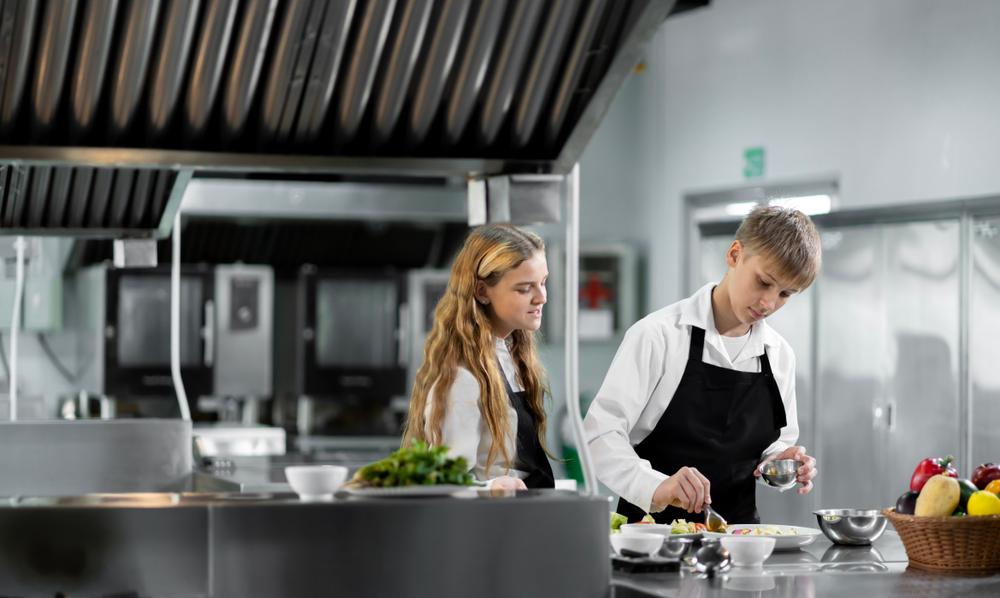
A meal must contain a portion of starchy carbohydrate, a portion of protein and at least one portion of vegetables:
Fruit and vegetables
• One portion of vegetable and fruit at each meal
Starchy food
• Starchy food cooked in fat or oil no more than two days each week (applies to food served)
• One portion of wholemeal carbohydrates once a week
Protein foods
• Oily fish needs to be on the menu at least once in a 3-week cycle
• Meat or poultry on the menu three times a week
• Non-dairy vegetarian option three times a week
• Processed meat / meat products no more than once each week in primary schools and twice each week in secondary schools
Foods high in fat, salt, sugar
• Pastry foods limited to no more than twice a week
• No chocolate, sweets allowed at any time
• No more than two portions a week of food that has been deep-fried, batter-coated or breadcrumb-coated (applies across the whole school day)
• Starchy food cooked in fat or oil no more than two days each week

Authors:

Dietitian allmanhall

Theo Kuehn
Manager allmanhall Tess Warnes
Sustainability
Read on to see some Hero Recipe examples...
Prep time: 15 mins
Cook time: 45 mins
Total time: 1 hour
Ingredients:
• 600g pasta
• 2 medium onion
• 6 carrots
• 2 leek
• 1 swede
• 4 parsnips
• 4 courgettes
• ½ bulb garlic
• 2 cans of beans or chickpeas
• 2 cans of chopped tomatoes
• 4 tablespoons tomato purée
• 2 tablespoons vegetable oil
• 1 tablespoon sugar
• Some basil & oregano
• Salt & pepper
• 2 tablespoons stock powder
Method:
1. Chop the onions, carrots, leek, swede and parsnip into small slices. Crush the garlic.
2. Heat oil in a pan and add the chopped vegetables and crushed garlic, frying until slightly golden in colour.
3. Lower the heat and stir in the tomato purée, chopped tomatoes, courgettes, beans, stock powder, sugar and add 400ml water. Leave to simmer for 20 minutes. Add more water if needed.
4. Add a pinch of salt and pepper.
5. Add the pasta to the boiling salted water and cook for around 12 minutes.
6. Drain and add to the pot. Sprinkle with basil and enjoy!
Fibre boost: Try using wholewheat pasta or 50/50 to increase the fibre in this dish.
This recipe has been produced in collaboration with Forest Green Rovers - the world’s greenest football club.
Learn more about our partnership, here.


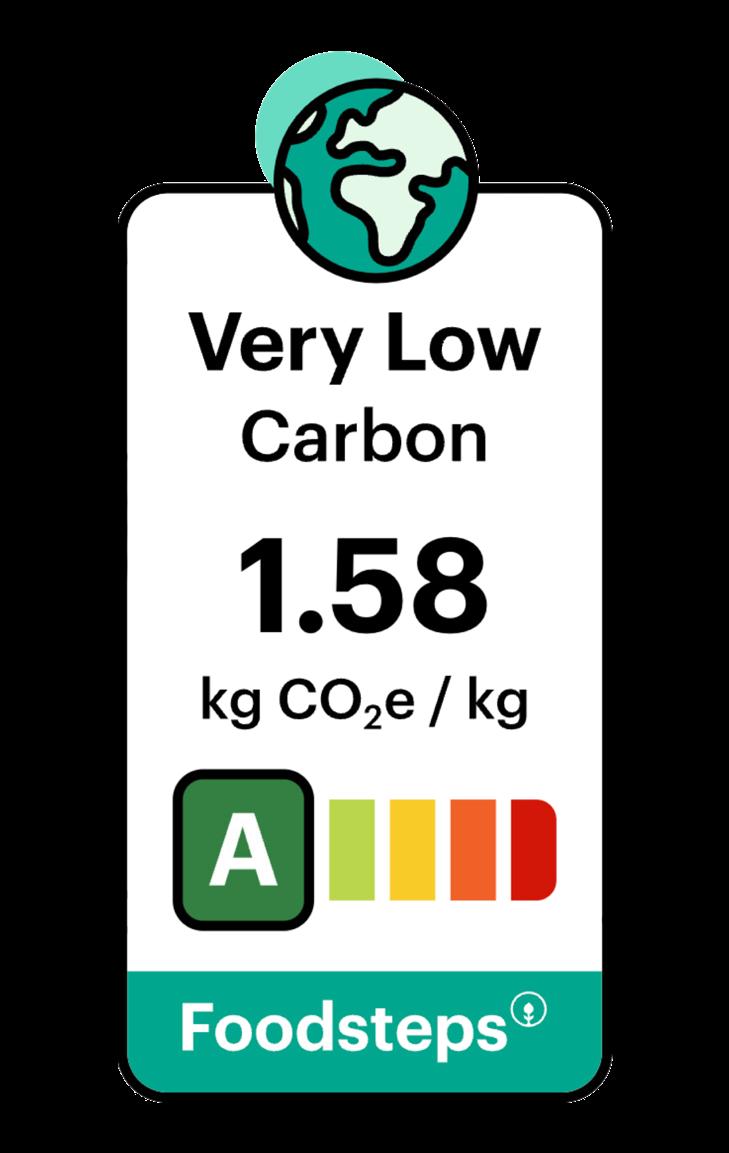


Katrina Lane Senior Client
Relationship Manager
It’s never too early to start getting excited about Christmas. Whilst many of us might hold off on indulging in a mince pie until the first day of December (or at least try!), retailers, suppliers and manufacturers will have been working months - even yearsin advance to develop innovative new products for our festive dinner tables.
Christmas is not only a time to enjoy traditional favourites. It can also be a time to experiment and enjoy new culinary delights, from global fusion trends to plant-based holiday feasts.
With so many delicious foods to choose from, here are some of the Christmas trends that have already caught our eye this year.

There is a growing trend to mix cuisines of different cultures to create new flavours. If you’re growing a little weary of a traditional Christmas dinner, global fusion presents an exciting opportunity to introduce new flavours and ingredients.
Festive offerings such as roasted Chinese duck, turkey tacos, Brussels sprout pakoras and cumin and coriander roast potatoes will bring exciting tastes of the world to your dining tables this December.
An assortment of Asian-inspired products such as snowmen shaped bao buns will continue to grace the supermarket shelves this year, so if you fancy something a bit different why not try a Hoisin turkey bao bun?!
(See page 76)
Bidfood: Hirata Bao Bun – product code 07697

The mushroom-trend has surged in popularity and, fungi-ly enough (!) the mythical toadstool theme continues to pop up in all colours and materials in decorating this year.
The red and white speckled fungi known as Glücklicher or Glückspilz in German means `lucky mushroom` and some cultures believe that finding one is a sign of good luck. Mushrooms are also a favourite food of the reindeer!
They are also often found in dishes around the festive season because that tends to be when (or shortly after) most mushrooms are foraged and therefore in season. If you like adding a touch of woodland to your dinner plate, an indulgent Venison Wellington with duxelles makes for a hearty centrepiece, however as more and more of us are opting to reduce red meat consumption, a tasty mushroom gravy is a great accompaniment to your main dish. Or how about a meat-free variation on the classic Wellington dish like this one available from Bidfood’s Christmas range:
Bidfood: Mushroom, Brie & Cranberry Wellington - product code 81016
All images for illustrative purposes only


If you want to stay on Santa’s nice list this year, you’ll need to think carefully about how much food you’re serving, to avoid unnecessary food waste that would put you on his naughty list!
Upcycling foods created from surplus food, edible waste and byproducts is a trend that is quickly gaining popularity. This environmentally conscious trend will help keep your costs and environmental footprint low.
With a bit of flair, all your trimmings, peelings and leftovers can be turned into another brilliantly tasty dish. If you plan to enjoy a glass or two of mulled wine this season, all those leftover spice infused fruits soaking in the last drops of wine shouldn’t be thrown away!

Instead just remove any cinnamon sticks and blitz the leftovers to create a delicious, mulled wine fruit compote that you can enjoy alongside your cheeseboard.
Chestnuts can also be whizzed up with some warming cumin, garlic and olive oil for an alternative hummus dip. Once the festive season is over, although most councils will take your Christmas tree, your seasonal shrubs can also make great shelters for wildlife, so check if your local zoo or farm might like them for their animals, the smell of the pines is like catnip for big cats.
Bidfood – Chestnuts Vacuum Packed - Product Code 05999
This year’s Christmas food offering sees some revived classics and some unusual twists on old favourites. Devilled eggs are making a return to the retro reappraisal, and for those looking to swap sweet to savoury, last year’s popular savoury profiteroles once again contribute to this year’s trend of festive flavours.
Whilst there will never be a centrepiece that can replace the traditional turkey, cheaper alternative roast options like gammon and chicken may grace our dinner plates this year. This glorious pork belly stuffed with apples, sage and prunes* will hog the attention at your holiday table!

That said, the demand for plant-based options is expected to grow this Christmas. Plant based festive food is every bit as delicious as its meaty counterpart and this trend is booming. Nut roasts, dairy-free desserts, and vegan-friendly gravies and stuffings will help create new traditions to celebrate the season of goodwill.
We affectionately refer to a roast’s side dishes as `all the trimmings` and everyone has their favourites. It wouldn’t be Christmas without traditional Brussels sprouts or parsnips.
Why not spruce up your side dishes this year with a recipe for a festive spiced red cabbage with apples and cider*.

Chocolate orange has always reigned supreme with Christmas, and that doesn’t seem to be changing anytime soon. Mince pies show no signs of waning in relevance either and for many of us, Christmas dinner would not be complete without a flaming Christmas Pudding, with lashings of brandy sauce!
To avoid your fridge being left with excess bowls covered in cling film, you could try making a traditional spiced fruit bread pudding* made with a blend of dried fruits and warming spices. If everyone is too full for pudding on Christmas Day, this recipe can be enjoyed anytime. Its yummy served on its own or with a dollop of fresh brandy cream.
That’s a wrap for Christmas 2024. ‘Tis now the season to be planning and preparing!
* These recipes can be found from page 74 onwards in this edition of Foodsight.

• 3kg boneless pork belly
• 2 tsp salt
• 350ml dry cider
• 1 tsp Dijon Mustard
• 3 sage leaves
• 4 garlic cloves
Prep time: 8/9 hours
Cook time: 3 hours
• Oil for frying
• 30g bacon or panchetta
• 30g unsalted butter
• 3 tbsp maple syrup
• 1 chopped onion
• 3 tbsp finely chooped sage
• 125g prunes
• 1 granny smith apple
• 150g white bread crumbs
Total time: 3 1/2 hours cooking + time for resting & drying
1. At least 8 hours before cooking, use some kitchen paper to dry the pork rind. Score the rind and fat into a diamond pattern, ensuring to stop the knife before it reaches the meat layer. Sprinkle pork with the salt and place, uncovered, in the fridge. This will allow the pork skin to dry out to help crisp up the crackling. One hour before cooking, remove from the fridge an hour and wipe off any excess salt. Heat the oven to 210°C.
2. Heat a splash of oil in a frying pan over a medium heat and cook the lardons/ pancetta for 5-10 minutes until golden and crisp, then transfer the lardons/ pancetta to a plate. Add the butter to the same pan, then add the chopped onion and cook for 5 minutes until softened. Add the sage, prunes and apple, then cook for a further 5 minutes until the apple has softened.
3. Remove from the heat and add the lardons/pancetta back into the mix, along with the maple syrup and breadcrumbs. Season well, then set aside.
4. To wrap your pork, place 6 lengths of string at 5cm intervals on a chopping board, then lay the pork on top, skin-side down.
5. Spoon the prune and apple stuffing mix along one edge of the meat, then carefully roll up the pork from the long edge to encase the stuffing, and tightly tie the strings to enclose.
6. Transfer the rolled, stuffed and tied joint, seam-side down, to a roasting tin and place into the hot oven to roast for 30 minutes.
For your gravy, whisk the cider (or apple juice) with the mustard in a bowl, then add the whole sage leaves along with the bashed garlic cloves and pour this around the pork (not over the skin) in the roasting tin. Turn the oven down to 170°C and return to the oven to roast for 2 hours.
Remove the pork belly from the oven and set aside to rest for 20 minutes. Squeeze the garlic into the juices from the pork tin and stir in (discard the garlic skins and sage leaves), then slice the pork and serve the gravy alongside.

Prep time: 15 minutes
Cook time: 15 minutes
Total time: 30 minutes
Ingredients:
Bao Buns - Bidfood: product code 07697
- Hirata Bao Bun
• 5 tbsp hoisin sauce
• 1 tbsp Chinese five spice
• 1 lime
• 1 tbsp sesame oil
• 500g cooked turkey meat
• 3 shredded spring onions
• 1/2 sliced cucumber
• finely chopped coriander
• 1 sliced and deseeded red chilli
Method:
1. Line and butter a baking tray and preheat your oven to 180°C/350°F
2. Break your bread into pieces, place into a large mixing bowl and pour over the milk. Give this a good stir and rest for about 30 minutes to allow the bread to soak up the milk and soften.
3. After 30 minutes, give the bread and milk a good mix. Add the beaten egg, mixed spice, sugar and melted butter. Give this a good mix and then add your dried fruit.
4. Pour mixture into your baking tray and sprinkle with some sugar. Bake in the oven for approx. 1¼ hours until the top is golden brown and feels firm to the touch in the centre
5. Once cooked, leave to cool until just warm, sprinkle with a little more sugar and cut into squares.
”Soft and pillow-y bao bread buns with a sweet and sticky filling, are the perfect way to transform the flavour of your leftover turkey or any slow cooked meat or vegetables.
Delicious served with some crunchy salad and a sweet sticky sauce.”
Katrina Lane - Senior Client Relationship Manager at allmanhall

Image for illustrative purposes only.
Prep time: 30 minutes
Cook time: 40 minutes
Total time: 1 hour 10 mins
+ 13 hours resting time...
• 225g sourdough starter
• 50g dried cranberries
• 50g mixed dried fruit
• 50g flaked almonds
• 280g white bread flour
• 1 large egg
• 50g granulated sugar
• 50g unslated butter
• 1 tsp salt
• 150ml milk
• 100g icing sugar
• 1 tsp almond extract
• 2-3 tsp milk
Method:
1. In a large bowl mix together your sourdough starter, sugar, egg and salt, and set this aside. In a small pan, gently melt the butter, add the milk and slowly heat to no higher than 100°C.
2. Add the melted butter and milk mixture to your bowl of sourdough starter mix, and then add half of the flour, followed by all the dried fruit and sliced almonds. Mix this all together, before mixing in the remaining flour. Let the bread mixture rest for 30 minutes.
3. Tip the bread mixture out onto a clean dry surface, and knead gently for about 10 minutes. Place the kneaded bread mixture back into a large bowl, cover and let this rise for at least 6 hours, ideally overnight for up to 10 hours.
4. After 6-10 hours, cut the bread mixture into two halves, and shape into log shape loaves. Place them onto a lined baking sheet and allow them to rise again for about 2-3 hours. They should double in size, so rest for longer in required. Preheat your oven to 190°C / 375°F.
When the loaves are ready to bake, create slashes across the top of each loaf, and place into your preheated oven to bake for about 35-40 minutes. You can turn the baking tray around halfway through cooking by 180 degrees to achieve a nice even browning.
To make your sticky bread topping, mix the icing sugar with the almond extract and about 2 teaspoons of milk, adding more milk if required, but only enough to keep the icing mixture quite thick.
Once your bread is cooled, drizzle the icing mix all over the top of the bread, and allow to rest for at least 30 minutes... if you can wait that long!

This Sourdough September, our Senior Client Relationship Manager, Katrina Lane, gives you this little gift of a starter recipe to try in your kitchen...

Creating a sourdough starter recipe is a deceptively simple process and only takes a few days. All you need is flour, water and a little bit of patience. Sourdough is a fermented culture of wild yeasts and suitable lactic acid bacteria, fed with fresh flour and water.
Your bubbly sourdough starter can last indefinitely and will be the absolute heart and soul of countless delicious and healthy sourdough recipes.
Be sure to have a suitable jar on hand when making your sourdough starter, not too small as this can restrict airflow and hinder the growth of your starter, and not too large as your recipe will spread too thinly, reducing fermentation effectiveness.
We would recommend the Kilner preserve jar or Kilner sourdough starter set.
Placing a rubber band around the jar will provide you with a reusable method for tracking your sourdough starters fermentation height.
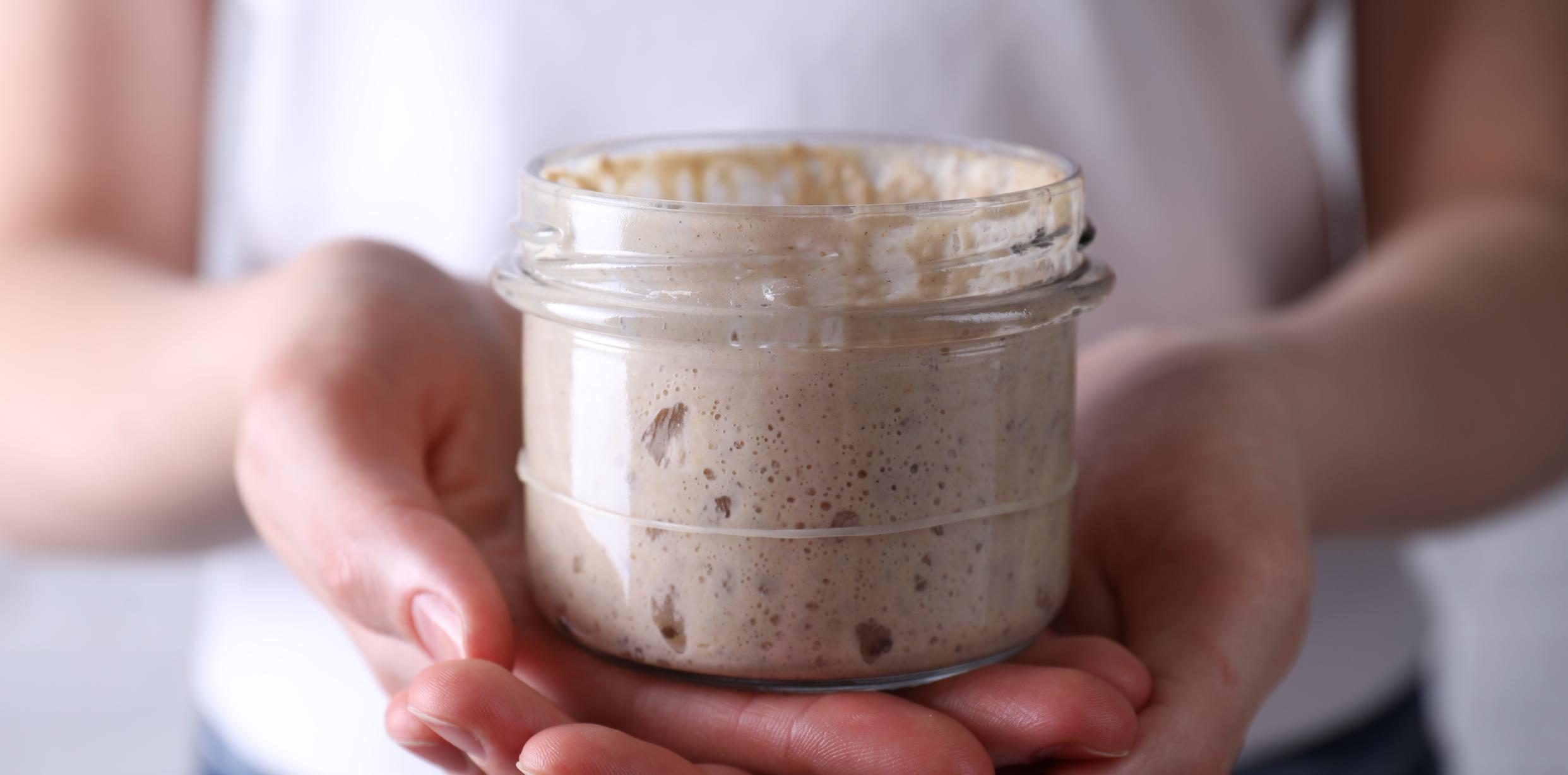
A glass preserving jar – Kilner preserve jar or Kilner Sourdough starter set.
Ingredients
- 300g strong bread flour (BidfoodWildfarmed T65 Strong White Bread Fortified Wheat Flour – product code 15443)
- 300g filtered water

Instructions
Day 1:
Combine 50grams of flour with 50grams of water into a jar that is large enough to hold your starter as it grows. Mix well and ensure you scrape down the sides of the jar, then loosely fit the lid on top. Leave at room temperature for 24 hours.
Day 2:
Stir the contents of the jar to incorporate more air, then mix in 50grams of flour and 50grams of water. Again, leave loosely covered at room temperature for 24 hours.
Day 3:
Stir the contents of the jar to incorporate more air, then mix in 50grams of flour and 50grams of water. Again, leave loosely covered at room temperature for 24 hours.
Day 4:
You should begin seeing activity in your mixture, with bubbles appearing on the surface and some signs of expansion. Stir the contents of the jar to incorporate more air, then mix in 50grams of flour and 50grams of water. Again, leave loosely covered at room temperature for 24 hours.
Day 5:
Your sourdough starter should now be ready, however if your starter has not begun to rise and bubble and doesn’t have a sour aroma, then continue to feed for a few more days until it does. Place your sourdough starter into the fridge to keep it dormant.
24 hours before you need to use it, pour half of it off and feed with 100grams flour and 100g water, and leave out at room temperature to allow it to become active again. To check that your starter is ready to use, drop a teaspoon of the mixture into a bowl of tepid water and it will float.
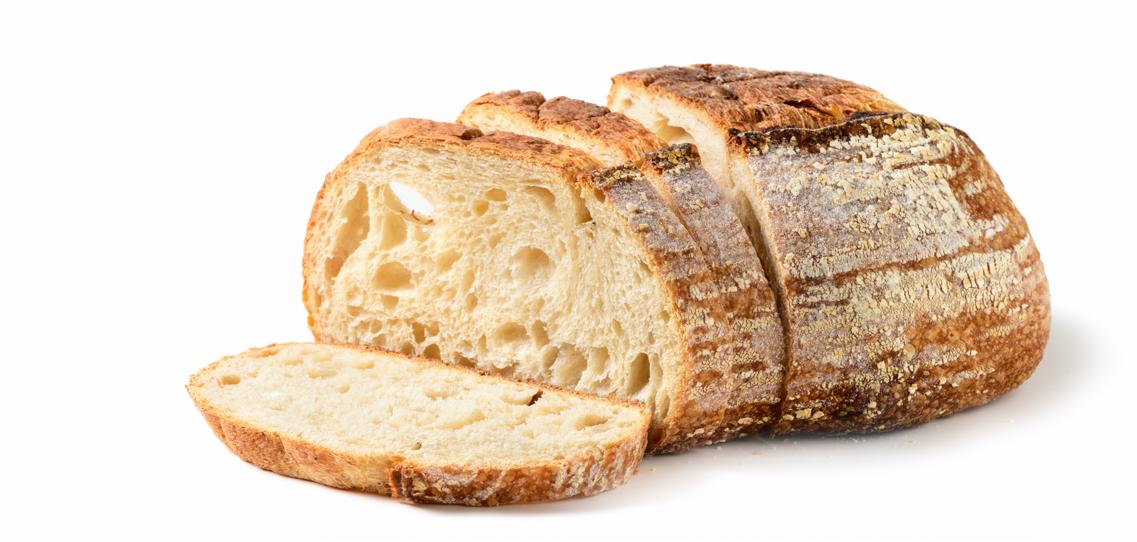

Prep time: 45 mins
Cook time: 1 hour 15 mins
Total time: 2 hours
Ingredients:
• 500g bread
• 500g dried mixed fruit
• 35g mixed spice
• 600ml milk
• 2 beaten eggs
• 150g brown sugar
• 30g granulated sugar
• 100g melted butter
Method:
1. Line and butter a baking tray and preheat your oven to 180°C/350°F
2. Break your bread into pieces, place into a large mixing bowl and pour over the milk. Give this a good stir and rest for about 30 minutes to allow the bread to soak up the milk and soften.
3. After 30 minutes, give the bread and milk a good mix. Add the beaten egg, mixed spice, sugar and melted butter. Give this a good mix and then add your dried fruit.
4. Pour mixture into your baking tray and sprinkle with some sugar. Bake in the oven for approx. 1¼ hours until the top is golden brown and feels firm to the touch in the centre
5. Once cooked, leave to cool until just warm, sprinkle with a little more sugar and cut into squares.
”A wonderful thrifty way to transform leftover bread into a sweet, dense fruit cake. Crusty on the outside and flavoured with soft rich fruit and warming festive flavours on the inside.
Delicious served with a cuppa, just by itself or with a dollop of fresh cream or custard. This makes a great snack for taking out on those winter hikes and bike rides.”
Katrina Lane - Senior Client Relationship Manager at allmanhall

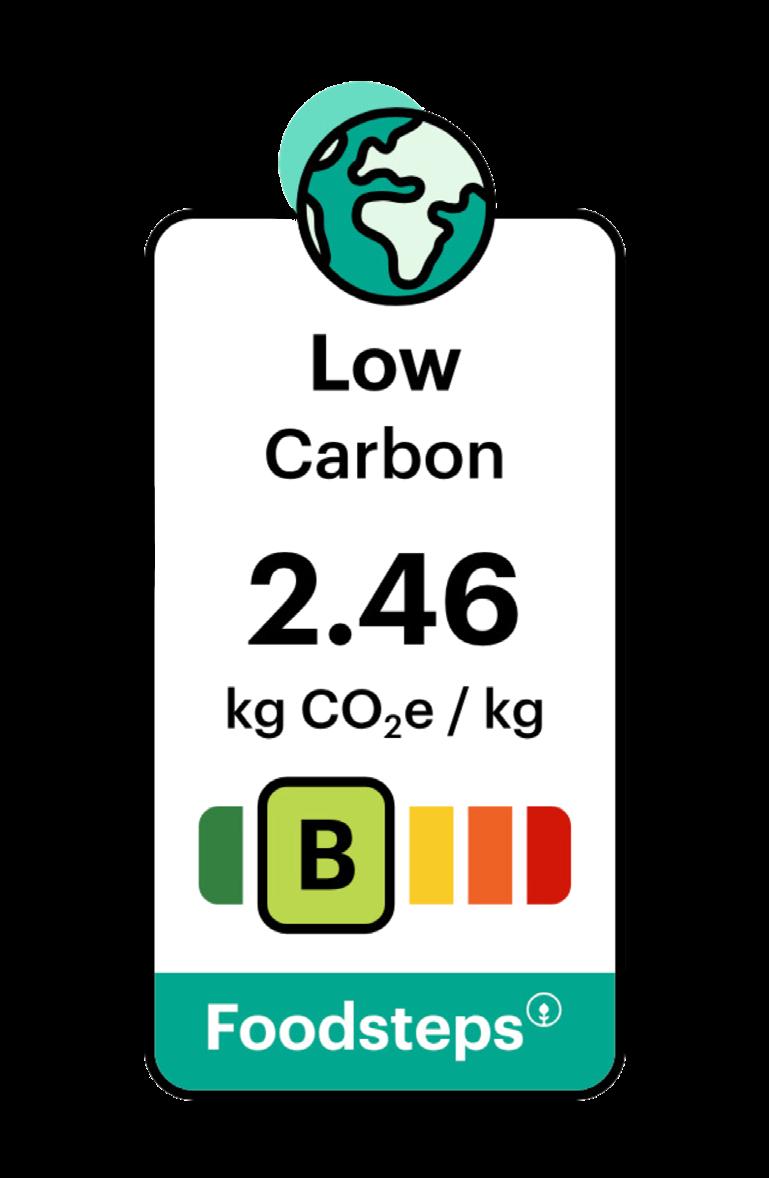
Prep time: 20 minutes
Cook time: 1 hour 30 mins
Total time: 1 hour 50 mins
Ingredients:
• 1.5kg red cabbage
• 4 peeled & chopped apples
• 2 sliced onions
• Zest & juice of 1 orange
• 1 tbsp ground mixed spice
• 100g light soft brown sugar
• 3 tbsp cider vinegar
• 300ml dry cider
• 25g butter
Method:
1. Peel off the outer leaves from the cabbage and discard.
2. Quarter the cabbage, romving the tough stem, then thinly slice.
3. Arrange a layer of the cabbage on the bottom of a large saucepan, followed by some of the onions, apples, orange zest and juice, mixed spice, sugar and seasoning.
4. Continue to create layers until you have used up the ingredients.
5. Pour over the vinegar and cider and dot the butter on top.
6. Bring to the boil then simmer with a lid on over low heat for 1½ hrs, until tender and the liquid has mostly evaporated down.
”A colourful and comforting dish packed full of sweet aromatic spices and festive flavours. Incredibly easy to make and slowly cooked with just a few simple ingredients. Should there be any leftovers, you can reheat up to 2 days with a splash of water, or serve cold alongside your cheese board or cold cuts platter.”
Katrina Lane - Senior Client Relationship Manager at allmanhall



Your guide to new & innovative products, from brands including...
• Notpla
• Devil’s Kitchen
• Rubies in the Rubble
• Fairfields Farm
• Wildfarmed Flour
• Moving Mountains
• Quorn Foods
• Vegetarian Express
• →






RUBBIES VEGAN MAYO CRYOVAC POUCH FOR DISPENSING UNIT 3 X 2.5KG 15283
RUBBIES TOMATO CRYOVAC POUCH FOR DISPENSING UNIT 3 X 3KG




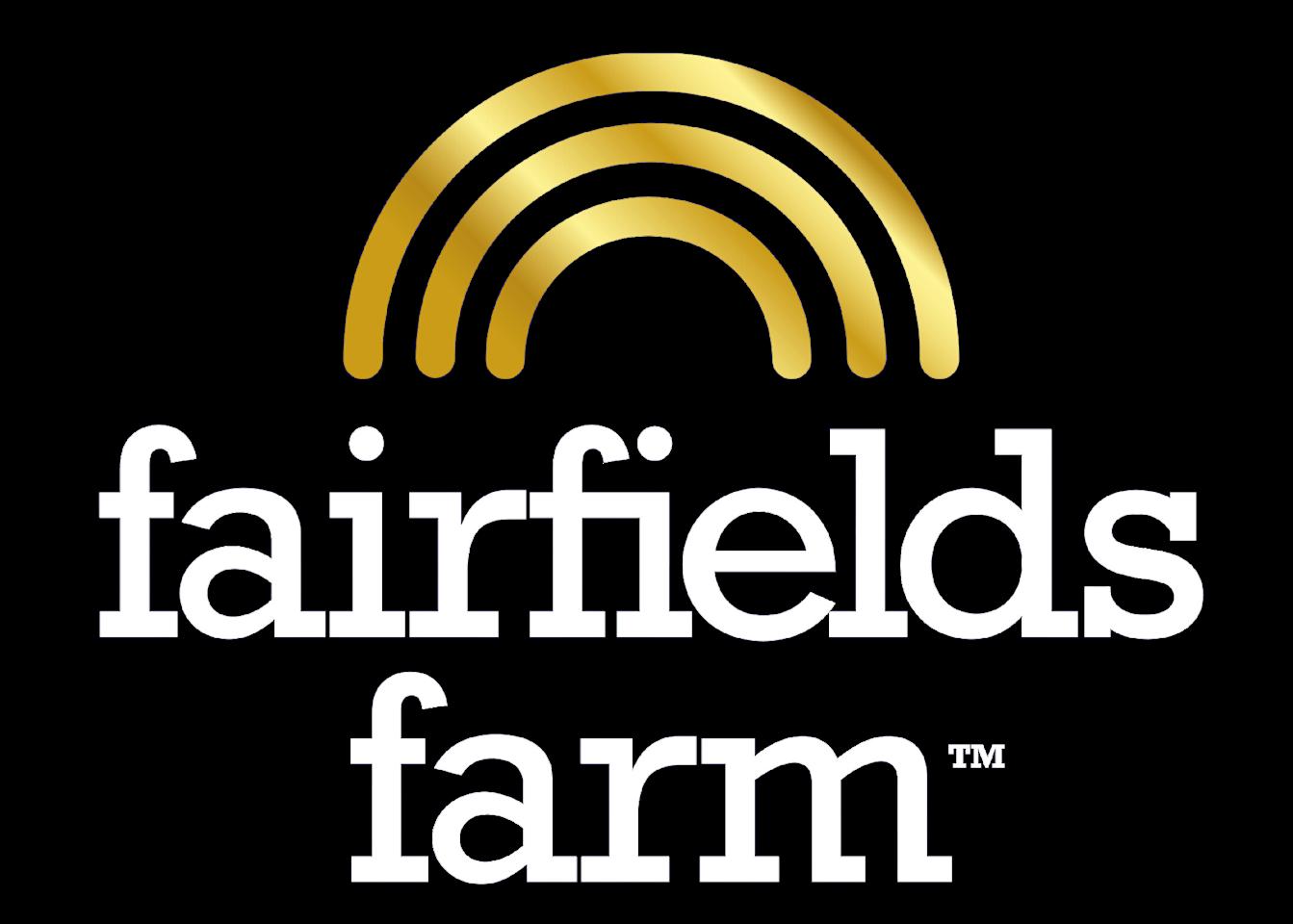
FAIRFIELDS
FAIRFIELDS
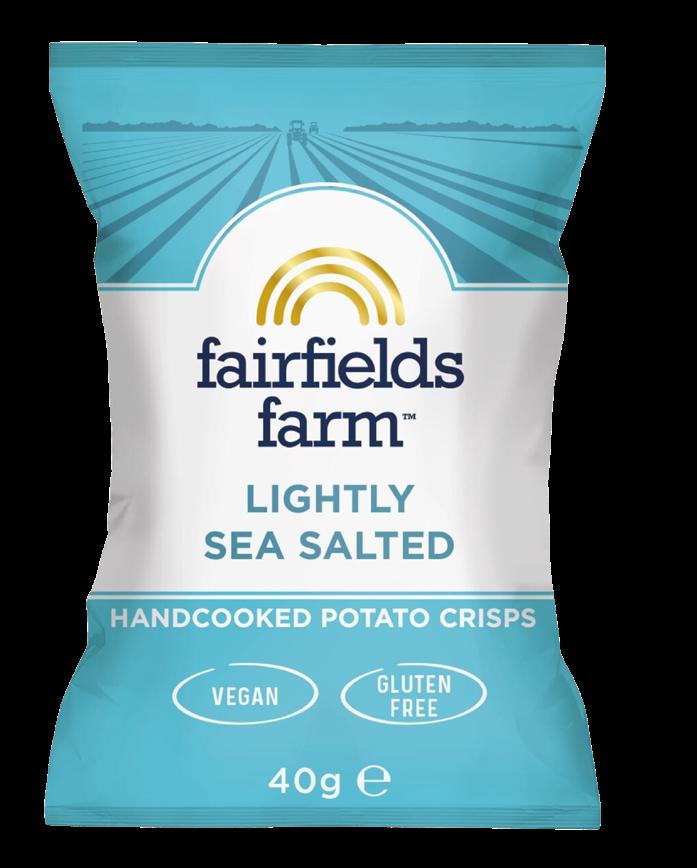

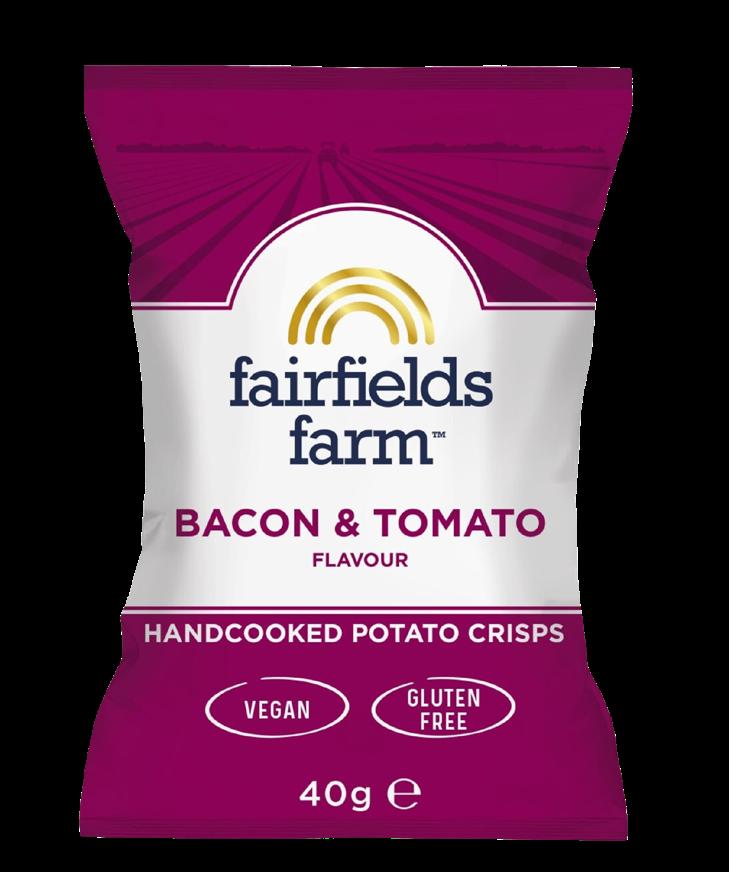



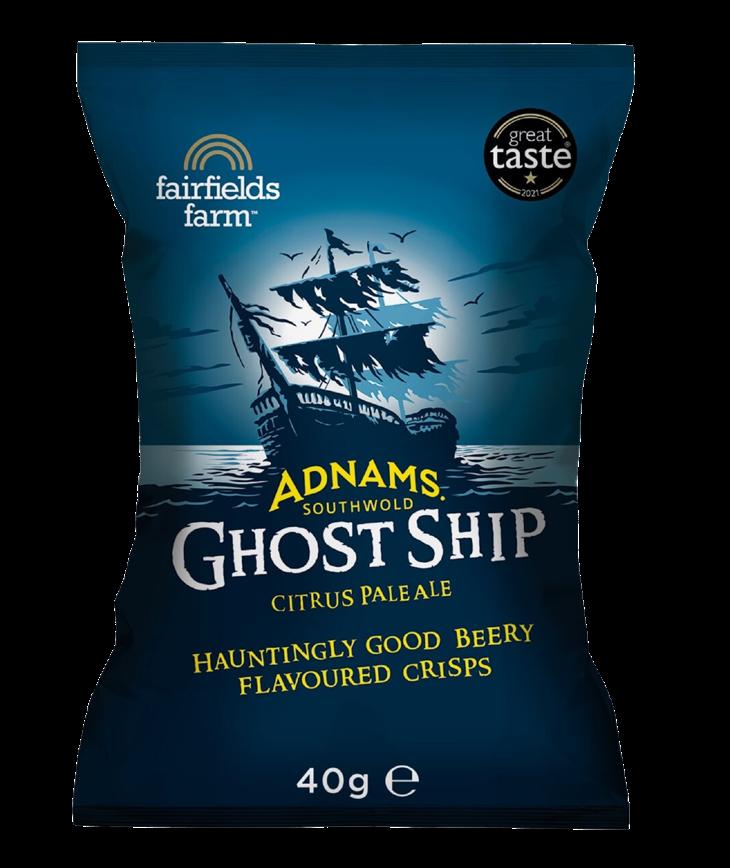









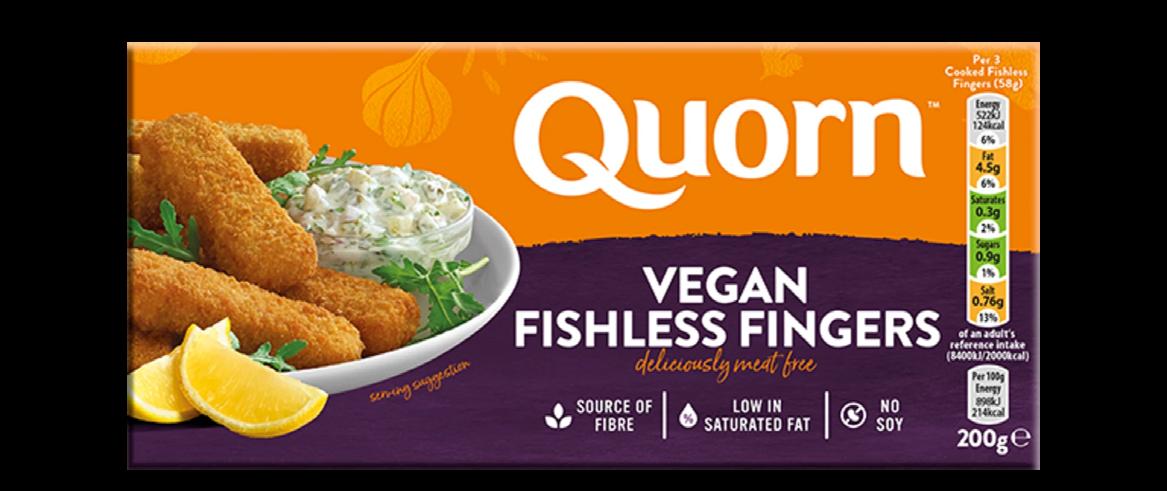





Product code
SOYMIN15K SOY MINCE (V) 15KG
VEGMIN1KG VEGAN MINCE (FROZEN) (V) 1KG
ECURMIN EAT CURIOUS MINCE (FROZEN) (V)
SYMMINCE
SYMSAUSMIN
SYMCHOMIN
ECURHOTP
4 X 500G
SYMPLICITY PLANT-BASED MINCE (V) 2KG
SYMPLICITY PLANT-BASED ITALIAN SAUSAGE MINCE (V) 1KG
SYMPLICITY PLANT-BASED ‘CHORIZO’ MINCE (V) 1KG
EAT CURIOUS HOT & SPICY PIECES (V) (FROZEN)
4 X 500G
ECURBEEFP EAT CURIOUS ORIGINAL PIECES (V) (FROZEN) 4 X 500G
ECURBBQP
EAT CURIOUS BARBECUE PIECES (V) (FROZEN) 4 X 500G


Product code
ROABE
MUSTEA
SYMBALL
SYMLAMINCE
PLANT-BASED ‘BEEF’ ROAST (V) (FROZEN) 2 X 1KG
PLANT-BASED MUSHROOM STEAK (FROZEN) (V) 30 X 80G
SYMPLICITY PLANT-BASED ‘MEATBALL’ (V)
100 X 30G
SYMPLICITY PLANT-BASED CUMIN ‘LAMB’ MINCE (V) 1KG
MOCKL [MOCK] LAMB 1KG (FROZEN) (V) 1KG
BURBEA24X100G SPICY BEAN BURGERS (FROZEN) (V) 24 X 100G
HEUBUR
BURHAM

HEURA PLANT-BASED BURGERS (FROZEN) (V) 23 X 108G
PLANT-BASED PREMIUM HAMBURGER (FROZEN) (V) 2.4KG

Authors:

Laura Manley People & Performance Manager allmanhall
18th October marks World Menopause Day, with the whole of October dedicated to World Menopause Month.
World Menopause Month was established in 2009 by the International Menopause Society (IMS) and the World Health Organisation (WHO).
It aims to raise awareness of menopause and share support available to people going through menopause and experiencing menopausal symptoms, to improve health and wellbeing.
allmanhall are dedicated to supporting the health and wellbeing of our employees.

According to research conducted by the CIPD:
• Two-thirds (67%) of women (aged 40 to 60 in employment) with experience of menopausal symptoms say they have had a mostly negative effect on them at work
• Around one in six people (17%) having considered leaving work due to a lack of support in relation to their menopause symptoms.
There is also evidence of the ‘male menopause’ or andropause, with physical and emotional symptoms experienced during late 40’s to early 50’s.
It is therefore important that organisations support this life-stage in the workplace with a thoughtful, supportive, and inclusive approach.
At allmanhall, the first step was to create an informative policy. This aims to create a culture of openness, education, tolerance and understanding.
It raises awareness by explaining what it is, what the symptoms are, and suggested adjustments to support team members experiencing symptoms.

In addition, allmanhall has embedded wellbeing support throughout many of our company policies. Our Flexible Hours and Hybrid Working policies, allow employees to flex their working hours or work from home to accommodate symptoms. We have rest areas and ‘snugs’ in our office to give access to spaces in which to rest or manage symptoms during the working day. We have relaxed our dress code, and also provide desk fans, to help manage symptoms more comfortably.
Through allmanhall’s employee benefits, access is provided to health and wellness programs that address related issues.
From links to exercise programs to support stress management and meditation videos helping with sleep and well-being, to our Employee Assistance programme where employees can talk to a trained counsellor, support and consideration are provided.

As a food procurement company, we are acutely aware of the importance that diet and nutrition plays.
Through our nutrition and dietetics team (N&D), we are able to provide some practical nutrition tips..

• The menopause - and andropause - can be a difficult time for many. With an array of symptoms to contend with, diets can suffer. However, the good news is, what we eat can improve symptoms as well as supporting longer term health and well-being.
• Making changes to your diet is not always easy, especially whilst contending with a raft of varying symptoms. These are practical and simple ideas and it can work best to focus on one change at a time rather than all at once!

As we get older, we lose muscle mass, adding more protein into your diet can help reduce this loss, protein also can help with energy levels, hunger and appetite.
Try to include a good amount of protein with each meal, including breakfast, this will help manage your energy levels throughout the day.
For example, eggs on toast, Greek yoghurt with granola, scrambled tofu on toast, an oat and peanut butter smoothie. Other good protein options for lunch and dinner include chicken, meat, fish, beans, lentils, tofu and nuts.

Studies have shown that during the menopause the gut microbiome becomes less diverse and these changes may help explain some of the symptoms. More research is needed to understand how gut microbiomes can be harnessed to improve symptoms. However, it is well established that diet plays a key role in generally maintaining gut health.
• High fibre carbohydrates such as whole grains, granary bread, brown rice
• Including plenty of fruit and vegetables
• Fermented vegetables such as sauerkraut and kimchi
• Include live yoghurt and kefir
• Kombucha

Caffeine, spicy foods and alcohol can worsen hot flashes, heart palpitations and night sweats so try reducing these. Alcohol can also affect mood and sleep, as well as increasing your risk of heart disease and osteoporosis. Try to stay within the recommended units of 14 units a week (or less).
Limit or avoid refined carbohydrates such as white bread, sugary foods as they give you a spike in energy followed by a drop, which can make fatigue and mood swings worse.

The reduction in oestrogen increases the loss of calcium from our bones. It is important to include sources of calcium and vitamin D to help protect your bones.
Aim for three portions of dairy a day* (or dairy alternatives fortified with calcium), with a portion equating to 200ml milk, a pot of yoghurt, 30g of cheese. Other good sources of calcium include bread, tinned fish, almonds, dried apricots and sesame seeds. Vitamin D is found in eggs, oily fish and fortified breakfast cereals and some mushrooms.
All adults should consider taking a daily supplement containing ten micrograms of vitamin D, especially during autumn and winter.
Women over the age of 65, those with dark skin, from African, African-Caribbean and South Asian backgrounds or who have low sunlight exposure should also consider taking a vitamin D supplement of ten mcg per day all year round.

Plant oestrogens* (also called phytoestrogens) are similar to human oestrogen. There is some but inconclusive evidence they can help symptoms. However, the evidence shows these foods need to be eaten throughout the day to have an impact. If you enjoy soya products this may be worth giving ago. You can increase plant oestrogens* by including these foods throughout the day:
• Soya yogurt
• Soya milk
• Tofu
• Soya Nuts
• Tempeh
• Miso
• Edamame beans
• Linseed
7 practical tips...
• Include protein with all meals including breakfast
• Increase fibre intake
• Include foods supportive of gut microbes, such as sauerkraut, kimchi, live yoghurt, kefir and Kombucha
• Limit alcohol and caffeine
• If you enjoy soya products try incorporating these throughout your day*
• Aim for three portions of dairy a day or dairy alternatives*
• Take a vitamin D supplement over the winter
For more articles like this, take a look at our blogs...
• https://allmanhall.co.uk/blog/heart-health-in-older-adults
• https://allmanhall.co.uk/blog/how-important-is-hydration
*Specifically for women in this age profile.


Within the UK, over 3 billion sandwiches are purchased from catering and retail outlets each year so it’s safe to say that we are all somewhat familiar with the trusty sandwich. We sat down with Jason Howell, to learn more about the ins and outs of sandwich production, the challenges that the industry faces, and how The Real Wrap Company plans to put the thousands of crusts wasted every week to good use.
LT: First things first, for those who may not have yet come across you, who are The Real Wrap Company?
JH: The Real Wrap Company is a quality, innovative, food-to-go manufacturer.
The business has been going for 14 years, having started out as a shop.

Jason Howell Co-Founder

Author: Laura Taylor
Senior Buyer allmanhall

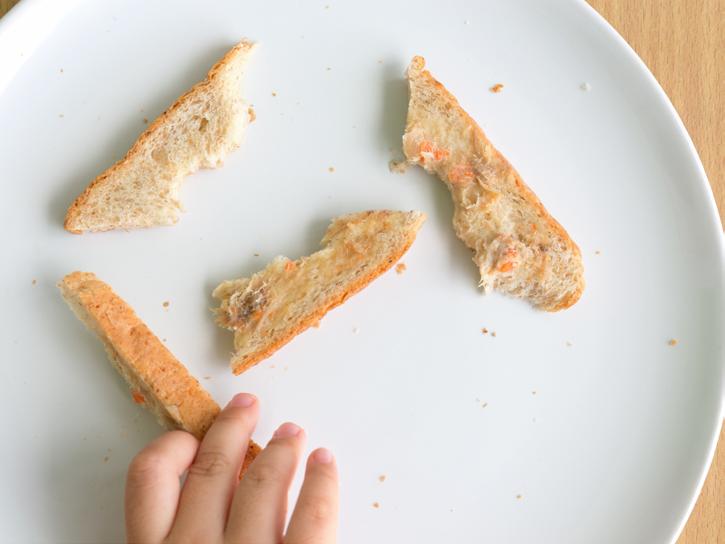
We’ve grown a lot across the marketplace, but we pride ourselves on being high-quality, attentive to our customers, and delivering a great service.
LT: Tell us a little more about how you began and what you are most well-known for.
JH: Real Wrap was started by myself and Phillippe. We’re life-long best friends and grew up together in rural Herefordshire. Even as children we were quite entrepreneurial.
Living on a farm down the road from Phil, my Grandad used to cure his own pigs, my Gran used to bake bread.
We had the idea to put the two together and make bacon sandwiches... our first business. We moved on – I came to Bristol to university and Phil went to learn trades.
Coming to Bristol’s big bright lights was quite an eye-opener for me; lots of clubs, pubs, bars; going out and coming back in the early hours. And I remember my housemates having kebabs (I had one or two as well), and everyone waking up next to unhealthy food. I thought, there’s got to be a better option out there. We came up with the idea of Real Wrap, started as a latenight, healthy, fast-food outlet.
Lebanese flatbreads filled with local, fresh ingredients, all prepped and cooked on site.
The university heard about it – they called us and asked if we would be interested in pre-packing our food. And I never actually finished my course. So Real Wrap started there, and we began wholesaling our wraps into a university café, taking over one outlet which they let us brand. And it was a massive success story.
At our two-week review, they asked us to expand to their other outlets, and shortly after that Bristol University came knocking on our door and we went on to approach some of the other universities who agreed to stock our products. We ended up selling the shop and moving to manufacturing, adding sandwiches, paninis and salads to our range. And we started to grow very quickly.
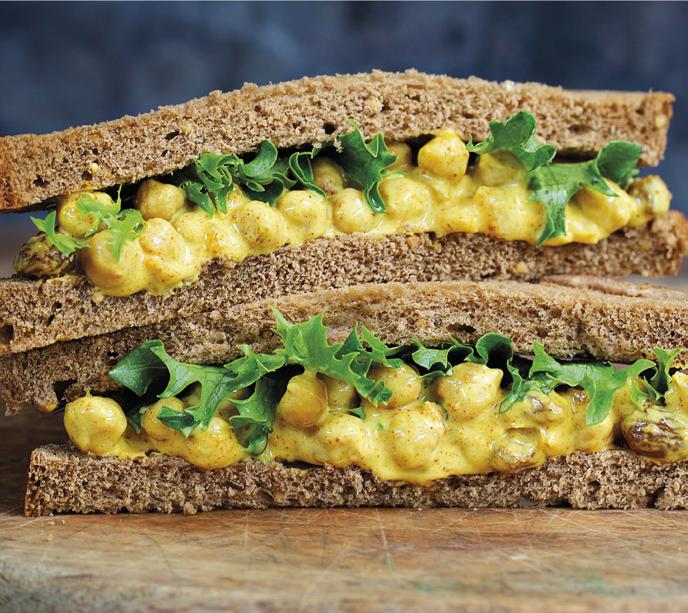
LT: So you graduated, just on the job rather than a regular degree! And you’ve been manufacturing ever since. Talk us through a day in the life of a sandwich... what are the main stages from goods-in through to delivery at one of our sites?
JH: We need to start with ingredients into our factory. Our supply chain has been built up over many years with trusted – many of them local - suppliers that we work very closely with. We like our suppliers to grow with us so we have a partnership approach, which helps in terms of monitoring quality and getting the best produce we possibly can.
Firstly, on the day, all produce is checked in. Everything is receipted, it’s physically checked, and it’s temperature probed.
Good quality is the start of everything. Our supply chain team also manages the packaging and other components that come into the building each day. We are just-in-time production, which means what’s here today will be gone tomorrow, so we don’t store fresh food or ingredients.
Unit 3 is our goods in, everything is bought into there in the morning - ingredients, stock, packaging. It then gets transferred into the production facility.

“Good quality is the start of everything.”
With ingredients, everything goes through its own sanitisation process. For a tomato for example, we will put it into a slightly sterile solution which kills any bacteria and removes any harmful pathogens that might otherwise enter the high-care facility. This is a crucial step and is also part of our swabbing and testing regime, so we can monitor all elements that are ending up in production.
It goes through the sterilisation process and will then go through to our preparation area.

Foodsight: Autumn Edition 2024
Preparation has two parts for us, the first is where we slice, dice, chop, mix – we’ve always made most of our own fillings and that’s something we still do. But two years ago, we built a cooking and advanced prep facility where cooked vegetables, hummus and even slaws are all made, giving us ultimate control over quality and consistency. These fillings are made fresh on site every day, and are used in the Pollen & Grace range, and in our salads, sandwiches and wraps. The processes are all managed by our digital ERP system, which tells the team exactly what we need on the day.
So as orders fluctuate and change, we do an amount of planning and adjustments to the production plan. But ultimately, we know our customer base, we build algorithms, and we understand pretty much what everyone needs.
Our trolley building team receive the fresh ingredients out of the preparation areas, and they build these into trolleys for the production lines in our Bristol facility. Those trolleys are then transferred from the work in progress area into the production hall.

So, for a BLT you’ve got bacon, lettuce, tomato, pepper, mayonnaise and bread as well as the packaging. That’s prepared and the line will know that they’ll be making BLTs for the next ‘X’ minutes.
The next trolley will be set up for once the BLTs have been completed. The sandwiches are made on a conveyer belt line where ingredients are weighed and portioned for each part of it, with weight checks throughout the process.

The quality assurance team observe the lines, going through set checks on each product run. We really do safeguard the quality and consistency of our products. We know it’s our brand on the pack, we know it’s our story on there. We want happy customers, we want our customers to have happy customers, and for them to keep coming back.
On the conveyer the sandwich will go into a skillet, hermetically sealed, and go through metal detection and into our holding fridge area.
Here the team stack the product in trays which get transferred into our picking department. The picking team – who start in the afternoon and work until 10pm at night – will be picking customers’ orders.
The process is high-tech – we’ve implemented our pick-by-light system which has improved order accuracy up to almost 99.99%. The products go into trays per customer which are transferred to our dispatch area.
The dispatch team then put them into routes and load the vehicles.
Loading starts about 10pm with trunks departing to depots around the country. Then our Bristol vehicles come from 1am onwards for routes straight out of Bristol. The orders get delivered to clients, served, and eaten!
LT: the best part! And in terms of the challenges you face along the way, what are the biggest ones that food-to-go, and particularly sandwich manufacturers, will come up against?
JH: I like to think that challenges are opportunities as well. We’re all about innovation and being dynamic as a business.
We started supplying free school meals throughout lockdown to children at home. It was like Hello Fresh for kids – they had recipe kits to follow, so they were learning new skills as well.
“We started supplying free school meals throughout lockdown to children at home.
It was like Hello Fresh for kids.”
More day-to-day challengesinflation was massive. We grew our supply chain team, and we started tendering, seeing more of the market, and working even more closely with our current supply chain to see how we could help.

One of the good things that came from that was that we have 50 vehicles delivering out of Bristol every day, and they were empty on the way back.
Drivers now pick up goods from our suppliers on the way back, and we’ve managed to shorten the supply chain down, cutting another day out of it. Ultimately you can’t get around inflation, and you can’t get around wage rises, but we know we need to make sure that sandwiches aren’t exceeding the perceived value.
So, if the average salary ten years ago might be £22k and now it’s £24k, you apply that to sandwich terms it’s £2 a sandwich going to £2.20 a sandwich, not £2.30 which might be reflective of our cost base, so we need to work out how we’re going to make it £2.20. And these are just random numbers – but it’s how we inwardly look; how do we invest, how do we make things more efficient, how can we operate better?
We put in more automation, but ultimately, we don’t want to de-skill, because sandwiches are a very skilled process.
We’ve looked at bulk buying and storing, we’ve looked at how we work closely with our supply chain, how we deliver to customers more effectively, and how the whole operation works.
One big action was putting our own IT infrastructure right through the whole process. We’ve managed to get rid of at least five tonnes of paper in our production, so now it’s all run off iPads. That’s faster information, better communication, and it’s saved and solved a lot of issues, so it’s made us more efficient.

I think one of the biggest issues if you look at any food production and most businesses, is that you are reliant on people – they are our greatest asset. And so, forming a culture is really important. We’ve built this business from scratch which means we still have people here today who were with us twelve, thirteen, fourteen years ago, and they understand what Phil and I – and subsequently the business – are about.

And I think that’s important... Everyone needs to walk in the door, and they need to understand what they’re doing, and then more importantly, why they’re doing it. Why do we put in loads of extra effort into doing this and why do we do it that way.
You’ll see people walk in who don’t understand, and they’ll try and look at shortcuts and challenge the way things are, but we need to operate in a way that gets the best quality product to our customer and that’s what we’re focused on.
So, culture is massive. We’ve obviously been through some transition periods with labour, Brexit was a big change for the country and a big change for us. At the time there was a lot of misinformation, so we worked on educating our staff and we supported a lot of people staying in this country and we sponsor people who work in our business.

We’ve put those extra things in because we recognise good people when we see them, and we need to keep them in our business.
That’s external challenges. Internally, a daily challenge is just-in-time production. With just-in-time production, if one thing goes wrong, if one delivery is out of temperature into us, if a lorry crashes on the motorway, ifmanything happens, we need to be prepared.
We always have back-ups to back-ups to back-ups. And this is why you’ll see a lot of resilience to Real Wrap, and it’s why we make the guarantees that we do. Just-in-time is literally just in time, and it has to go correctly – we safe-guard it.
“We always have back-ups to back-ups to back-ups... you’ll see a lot of resilience to Real Wrap.”
LT: And in terms of production, how do you work to mitigate risk within the actual production line?
JH: Risk management is ultimately managed by our technical team. We have a group head of technical called Alicja, who has a plethora of experience in food manufacturing.
She’s taken us successfully through all the BRC audits at AA standard which is great. But what she and her team do and manage every day is the risk.
With fresh food and fresh ingredients, we are managing a lot of variables every day, so we need to ensure that every single member of our team is following process and doing all the necessary checks. This is where we use the iPads and the IT systems to monitor it, and that puts everything in the best place it can be.
Let’s talk about the highrisk area. We have a night hygiene team who come in when production finishes at the end of the evening, and they have an eight-hour cleaning window which is how long it takes to properly clean every piece of equipment and every square inch of that production hall.

Our production room is like an operating theatre, that’s the standards we work to. We need to make sure that every wall, ceiling, piece of equipment, every single implement in there is cleaned within an inch of its life, every night.
Autumn Edition 2024
That includes stripping down all machinery, using set chemicals, following particular technique.
“Our production room is like an operating theatre, that’s the standards we work to.”
Once production starts, we ensure the team are wearing the right PPE and are following the correct changing procedures: boots washed, hands washed, beard snoods on, hairnets on, full PPE over the top of that and so you look like an astronaut!
In a day, we make sure that only certain ingredients are in the production hall at certain times. We make Halal products, we make gluten free products, and we need to make sure that between every allergen change there is a clean down process for each line which is supervised by line leaders, production management and QAs.
he whole process is heavily monitored every day to ensure there’s no crosscontamination, that there is allergen segregation between the lines and that staff are following correct hygiene procedures throughout the line changes.
LT: And for post-production, how do the risks to sandwich products continue past that, delivered to sites?

JH: After they’ve finished in production, all products are sealed which means there is no passing of air and bacteria, etc. through membranes. They’re in a safe state and are stored in our goods out chiller which operates between 0 and 5 degrees.
They then get transferred into our vehicles which are checked on their way out of dispatch with a temperature probing light. We have a temperature probe on the back of each van, so we validate the vehicles every morning.
The goods get loaded, doors are closed and then they go to be delivered to our customers. At that point the products pass over, and that’s where it becomes critical for everyone at the receiving end of the supply chain to be in control and understand that sandwiches need to be kept below the critical limit of 8 degrees. That is the single biggest issue that we’ve come across in the past.
It’s a very small percentage of customers, most people are usually careful and are very knowledgeable about food safety, which is absolutely fantastic, but that is the biggest risk factor. Damage might be another one, if they get spilled out of a tray or a driver drops them.
We take precautionary measures there – all drivers are trained to deliver in a safe manner although sometimes they might fall over or do something silly and if those products are damaged will not be delivered.

LT: With new product development launching throughout the year, what's your approach to introducing a new line or range?
JH: It’s our favourite thing! And we’ve done it many, many times over the years, sometimes successfully, sometimes it hasn’t really gone to plan. A couple of examples: Real Wrap was born out of Lebanese flatbread, using fresh ingredients, fillings, very tasty, very innovative at the time.
Another example of new products would be poke bowls which we launched in 2016. It wasn’t quite understood by some of our customer base whereas others were onboard with it, but the sales never really came through. Now there’s poke bowls on every supermarket shelf.
When it comes to innovation and ideas, we have a development team headed up by Carmen and Rich. Rich has a chef background and has worked in manufacturing with at least 30 years’ experience. Carmen has done everything within sandwiches and understands the process from innovation right through to production.
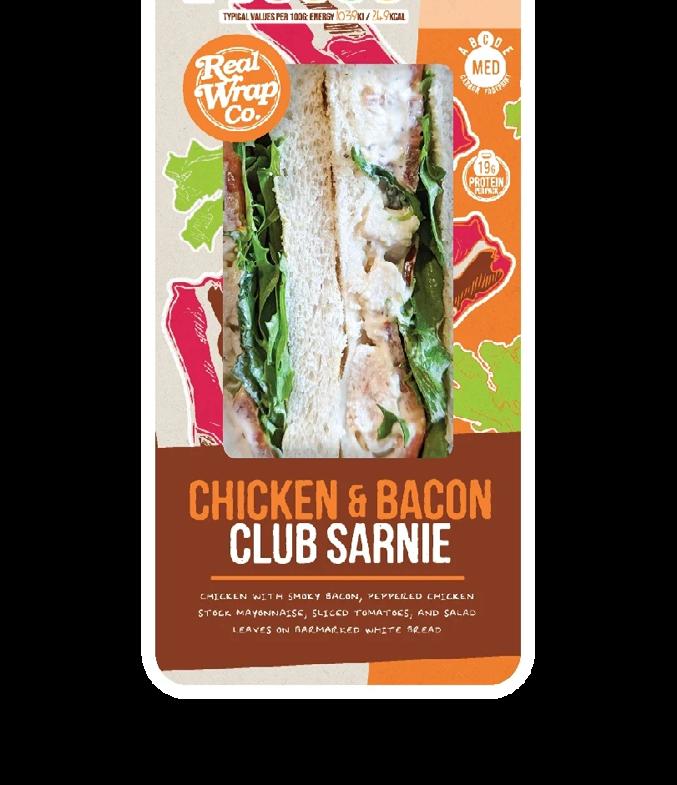
But in terms of proper inspiration, proper outside the box thinking, that’s probably more myself and Phil. We spend a lot of time eating, thinking, looking at our supply chain, reading about the industry, and visiting places... that’s the thing that really gets us out of bed in the morning, it’s being innovative and creatingsomething that people like.
Jolly Hog came about because we thought their brand would make a great food-to-go product and put it in a sandwich.
Different stages of the NPD process have different teams involved, and we’ve got it to 16 weeks being the quickest we could launch a product and that’s every department doing their own steps. That includes supply chain, testing, recipe card production, admin setting it up on the database system...
Right through to the logistics team who then work out how many we get in each box. So, when you break it down there’s a huge amount of departments and a lot of activity that goes into it.
LT: Now, sustainability is such a broad topic, but how do you address this within the sourcing and production processes?

JH: Before we take anyone’s supply of ingredients or product, we issue them an SAQ form. And in that questionnaire, it will outline all our basics of safety and quality, as well as sustainability measures; measuring carbon, plans for the next five years, net zero targets, are you signed up to SBTi, etc.
We go through that process and what we often find is that everyone is at different stages on their journey. If they are genuinely on a journey we will work with these suppliers.
might be that we pick a small supplier because we really love what they’re doing product wise, but they might not have the knowledge that we may have, for example, on sustainability.
So, we’ll help them, which is really important. As a business we must manage scope 3 emissions very carefully, and that is in the back of our minds when we are picking suppliers. Those that we want to work with we work together to find a way of helping the progress to close to net zero, so they are with us on that path.
Collaborative work is really the way that you’re going to solve the climate crisis... and that’s why we really want our suppliers with us.
LT: And how do you approach sustainability postproduction, particularly with waste product?

JH: Waste is very high on our agenda. Eliminating waste is number one – to reduce. Then we look at how we can reuse, and we partner with Fairshare.
If there’s anything going out of date, any ingredients, that goes into the Fairshare system.
the Fairshare system. We also partner with Feed the Homeless, which is very similar.
Volunteering is a really humbling experience, but it’s also core Real Wrap, that we always help people out and that’s in our DNA –committing products, committing people, is really important to us.

We are always looking at new and innovative ways that we can make something good. A massive issue for us is bread crusts.
There’s about a 1.5 billion bread crusts in the UK thrown away. That’s people not eating the tops, the heels, the crusts, whatever you want to call them. We don’t have a market for it particularly, we’ve tried in the past to launch cheap toasties at universities, but they’ve not really taken off.
Last November, when we were doing our waste audit, I was walking round and went to look in the bin. And when you see things on a spreadsheet you think it’s quite a low number percentage wise, but seeing it in real life, it’s a very different story. And when I was looking at all these bags of waste crusts my heart sank a little bit and I thought, there’s got to be something better we can do with it.
Over a week in Bristol, we have about 50,000 crusts and it really, really didn’t sit right with me. So, I started looking at ways we could use them. Bread and butter pudding – great, but we don’t really have the facilities to make it. Breadcrumbs – it’s ok, a bit boring to be honest. We also wanted a way in which we could engage people and get them helping us and involve them in the journey.
Ultimately, sustainability shouldn’t be boring, and it shouldn’t be hard work. You’ve got to make it easy for people and you’ve got to make it fun.
So, we bought a small brewing kit and started trying to make beer out of our crusts. Eight months later we now have a mini brewery on site...

Autumn Edition 2024
Ultimately, we are saving about 600 crusts - per half a litre it’s about a crust that goes into the grain build. We know we need to make it taste good, that’s been our real focus. We’re very proud to say that last month we won our first award – a Taste the West Award for our IPA.
Which tells me we’re on the right track to making something that people will want to drink and is a commercially viable product. We aren’t in sale yet; we’re looking to go on sale in September.
We’re looking to put small scale production in here which will allow us to get rid of approximately 1,0002,000 crusts a week, but we know we need to get rid of more than that, so we’re in active conversations with a number of breweries about scaling the operation up.
“There’s about a 1.5 billion bread crusts in the UK thrown away... So, we bought a small brewing kit and started trying to make beer out of our crusts.”
LT: It sounds great! And back to sandwiches… what trends do you see emerging in the sandwich and food-to-go industry?
JH: When people are looking for their lunch you have this underlying trend that customers are very safe, and they don’t like to go outside that top ten.
But you also get customers who maybe once a week will branch out and will want to go and try a Korean fried chicken wrap or a Pollen & Grace mezze hummus salad. Homing in on that, there’s obviously a lot of cultural influences coming into the food scene.
Asian influences have been there for a long time and there’s obviously lots of different parts of Asia with different flavour inspiration. Global flavours people want to see but I think they want to see it on rotation. I don’t think people will pick up something new every day, but maybe once in a while.

And that adventurousness is behind some of our thought process on the menu, inspiring us to bring back seasonal specials.
Sustainability is obviously an ongoing trend, but actual sustainability comes from transparency. We have a QR code on the side of our box that explains to our customers what it’s all about.
We’re seeing a good amount of traction on that, and that’s going up, which means that we’re doing the right things. When we started talking about sustainability five or six years ago, no one cared that much about it.
But now we are seeing a definite change... which is fantastic as we can then use that to drive our innovation towards lower carbon products which is a huge focal point.
So, you’ve got sustainability, transparency, a customer base that wants to see more, you’ve got a customer base that wants to eat better – health and wellbeing is very topical for a lot of people.
On the other end of the spectrum, treats and noncalorie counting lunches are still on the rise as well.

Our cheese and ham croque monsieur is definitely not the best thing for you but they are delicious, they’re decadent and actually we’re seeing an increase in sales on those.
But we are also seeing an increase on the likes of our salad ranges, things like Pollen & Grace, so our health conscious, more balanced options as well.
A while ago we developed a range of products that are nutritionally complete and low carbon. We didn’t think the market was ready for them back then but we’re gaining more confidence that the range could go well, and I think it’s a range of the future.
It’s all natural, it’s very much about regenerative farming, and it’s something that we’re looking to launch it within the next year.
LT: With all the tasty products on your menu I have to ask, if you had to pick one, what’s your favourite sandwich?
JH: My favourite is cheese and onion. It’s solid. I’m not one of those top ten eaters because I do get a bit adventurous. But as a goto, you don’t always want something that’s too out there and too whacky.
Some days you might not feel like a spicy Korean chicken, or you might not be in the mood for a pesto mozzarella salad.
“My favourite is cheese and onion. It’s solid.”
LT: Very lastly, what can we expect next from The Real Wrap Company?
JH: Real Wrap is an innovator, so when we talk about where we see Real Wrap, what we want it to be doing in the next hundred years, we want it to change the landscape of food-togo...
we want to create truly nutritious, great products that are good for the planet.
What we’re going to see over the evolution of Real Wrap is more and more innovation in that space. We understand sourcing and the scope 3 supply chain and through our close work with the scientific community we are working on how we get to a more sustainable means of supply and production.
I’m from a farming community, I grew up on a farm. We understand that farming needs to exist, but we need to make it better.
We need our energy structure in the UK to be better, and we are also looking at how we power our deliveries to customers.
We’ve done a lot of research and work with companies, and we’ve committed to vans that are powered on bio-fuels - so compressed natural gas - which is a bi-product of food waste.
It’s a great circular story. We love championing the circular economy, we want to work closely with more of our supply chain. We need to bring about a lot of change, we need to do it in the right way, and we need to do it sustainably.
Look out for the new Real Wrap Autumn-Winter menu, launching soon - https:// www.realwrap.co.uk/
Reference: https://www. britishsandwichweek.com/ sandwich-statistics/

LOCAL RAW MATERIALS
Our raw materials are sourced from a responsible supplier based in the UK.

ECO GLAZE
Our glaze is recycled and removes impurities to ensure product longevity.
WASTE CLAY IS RECYCLED
100% Recycled Dry Waste Clay. In fact any one piece can contain up to 40% recycled clay.
KILN EFFICIENCIES
Most ceramics are twice fired, we have been Once Firing cups and bowls since 1981 That’s 223,600,000 once fired items over 43 years.
OPTIMISED PRODUCTION
We use cutting edge technology to improve manufacturing efficiencies and reduce waste to landfill.
SOLAR ENERGY
5200 Solar Panels. We expect to save 266 tonnes of CO2 - the equivalent of planting at least 16,105 trees.
OPTIMISING SHIPMENTS
We have warehouses in Stoke-onTrent, Rotterdam and Chicago to service our key markets efficiently and lower our logisitics footprint.
RECYCLABLE PACKAGING
All of our items are packaged in recyclable materials.
DECARBONISATION IN ACTION AWARD
We won the 2023 UK Ceramics award in recognition of our proactive approach to decarbonisation.



Add up to 5 recipes or food items for FREE and see the carbon impact data...
Foodsteps is so easy to use and great for communicating and understanding carbon impact assessments of your food.
Together, you and your diners can make a difference.


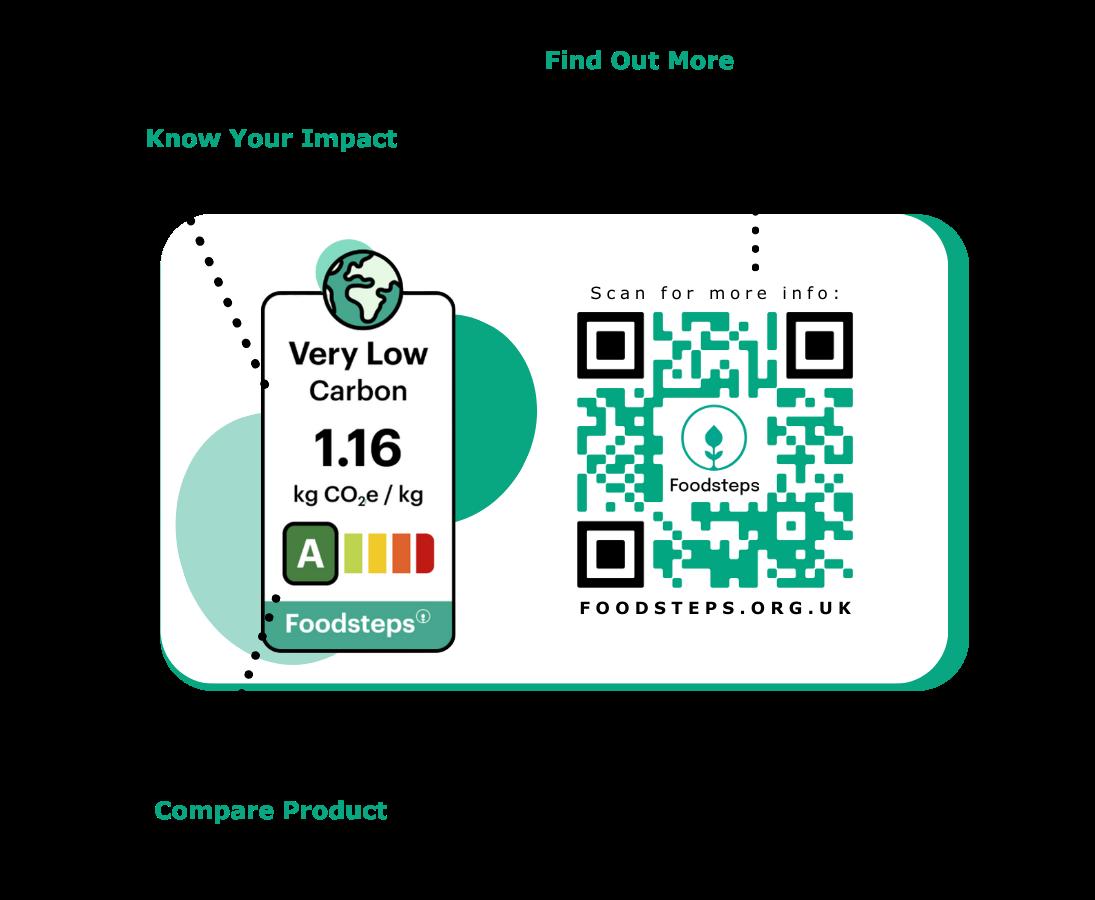
If you like what you see, simply ask allmanhall for advice about the best option for you and how to access competitive rates.

Scan to sign up for your FREE 5 recipe trial today!

As part of their ongoing mission to bring clarity to food-related emissions, Foodsteps have recently added packaging analytics and emissions to the platform.

You can now add the packaging you're using, for example, the boxes used to store prepared foods. This carbon impact will be assessed and added to the recipe. This covers a wide range of packaging options and the components on the platform can be edited to fit your unique packaging usages and then added to every recipe that is relevant.
This provides further accuracy when bringing transparency to menu choices, and is another invaluable area of focus when looking for ways to decarbonise your menus.
Foodsteps will help your business educate and inspire your customers throughout their sustainable food journey with carbon rating labels...

“I NEED A BOUILLON THAT DELIVERS A CONSISTENT FLAVOUR IN EVERY DISH AND IS SUITABLE FOR EVERYONE”
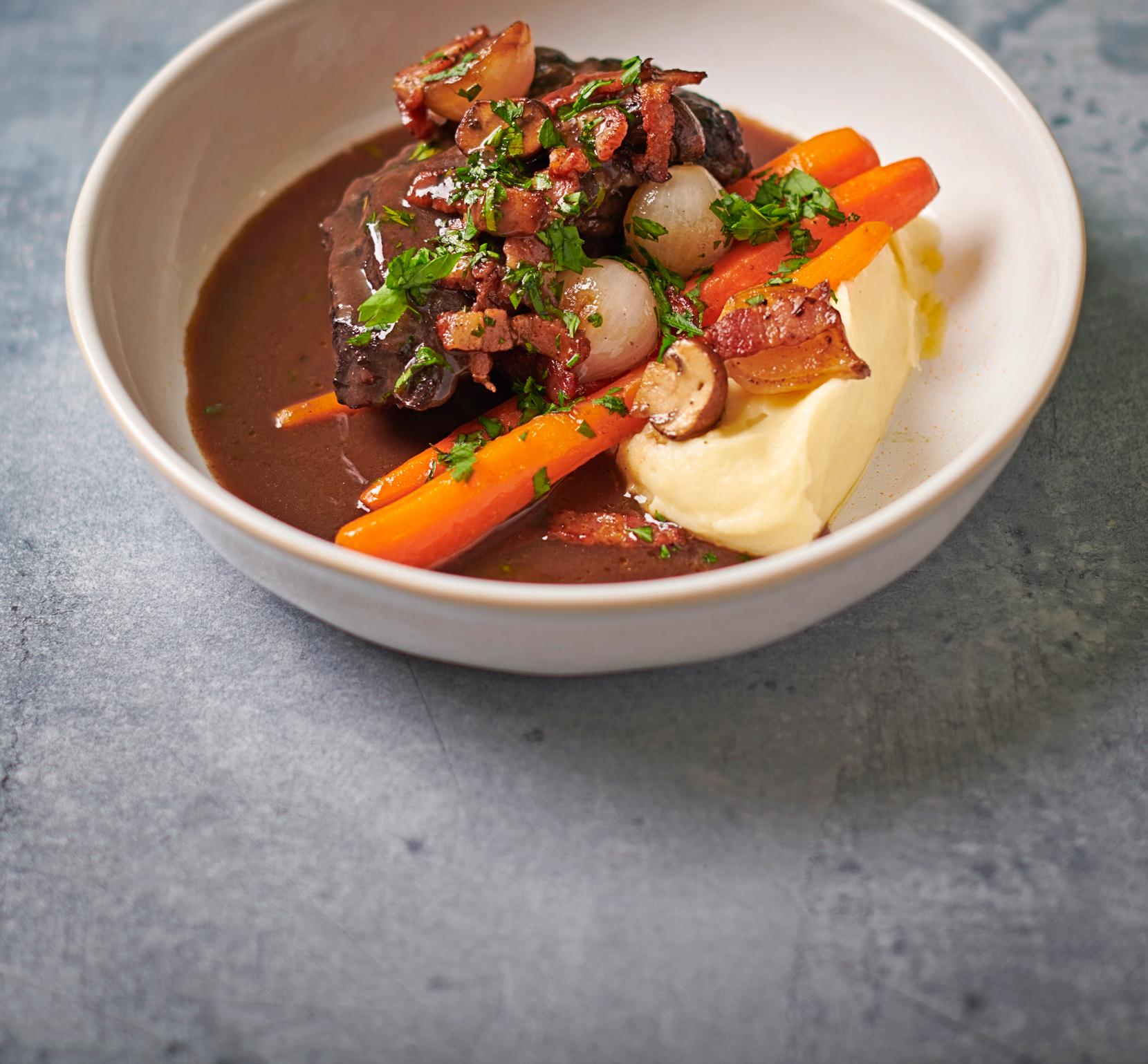
The UK’s No.1 bouillon*, known and trusted by chefs, has no allergens to declare^ and is suitable for vegans.
Cater to all with our No Allergens to Declare^ Paste. Elevate any dish with a consistent, high-quality depth of flavour, ensuring a delicious experience for everyone.







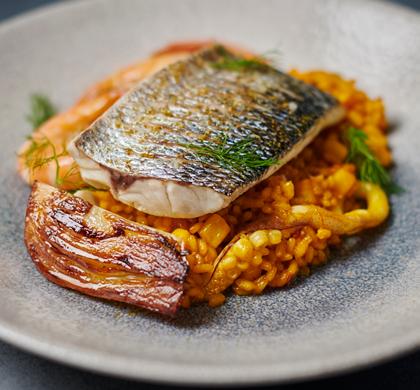


Back to school time can mean only one thing, get your head stuck in a good book! So, in the words of Mahatma Gandhi, ‘Live as if you were to die tomorrow. Learn as if you were to live forever’ – and let our resident bibliophile, Klaire Alexander, help you seize every single day this autumn!
As a big fan of Saturday Kitchen (my guilty pleasure!) I have always been inspired by Olia Hercules’ fantastic recipes and her name will be familiar with many food lovers. However, since Putin’s troops invaded Ukraine Olia’s life has been transformed and she is now a passionate activist as well as a cook. The charity #CookforUkraine which she set up with some colleagues has raised over £800,000 for victims of the war and she gives regular updates of the conflict to her 150,000 Instagram followers.


It is not surprising therefore that Home Food, her fourth book, is her most heartfelt and personal to date. Olia draws on influences from all the places she has called home; from Ukraine to Cyprus, from Italy to her simple, plant-centric family meals in London – this collection is original and thought-provoking and there really is something for everyone.
For so many of allmanhall’s valued clients, the driving force behind mealtimes is to nurture a sense of connection – whether to family, to friends, to pupils and team communities or for residents – and this beautiful book reminds us that cooking can be used to bring joy and is therefore be a welcome addition to any kitchen.

If your organisation is looking for a new approach to ESG and harbours a desire to be more environmentally conscious, but you’re finding all the information and legislation overwhelming, this is the book for you! Author Angel Lance takes us on her entertaining journey to revolutionise the world through sustainable practises and offers practical advice for going green.
I loved the clarity of the triple-win solutions which explain how you can enjoy financial success, improve your quality of life and contribute to the greater good of the planet through your business’s actions –something we very much strive to do here at allmanhall, where our own company objectives reflect prosperity, people and planet!
This book is incredibly accessible and beautifully challenges the perception that environmental sustainability and profitability are mutually exclusive, all delivered through witty tales of lived experience.


This new release from award-winning author Mark Diacono is such a joyful explosion of colour and flavour that I could not wait to get in the kitchen and try out some of the recipes. Whether you are a vegetarian or simply keen to increase your repertoire of plant-based dishes, this amazing book is a ray of sunshine. It puts vegetables in their place – right at the top of the picking list! For me, lacklustre photography can quell my enthusiasm for trying new dishes but here, Mark’s skill and passion for growing and cooking is accompanied by his own superb photography and the results are truly inspirational.
With simple chapters named things like ‘Veg with Eggs’ and ‘Something Bready’ this book has taken some of our family favourites to a whole new level. And it’s not just because veg is good for you, but because I can’t think of a better way to eat and cook than the 100 recipes contained within this book. Trust me, the Sweetcorn Rojak is spectacularly addictive!
In this fantastic new book, Casey Means and her co-author (her brother, Calley Means) explain how common diseases and symptoms which plague society are often rooted in issues such as poor nutrition, lack of movement and problems with sleep. Casey links many of these chronic problems to troubles in our mitochondria, which are basically the engine power behind our cells. It is surprisingly upbeat and provides a powerful vision for a brighter future for both people and our planet; it has certainly dramatically increased my knowledge of how to optimise my ability to live well and stay well, at every age.

Author Klaire Alexander






